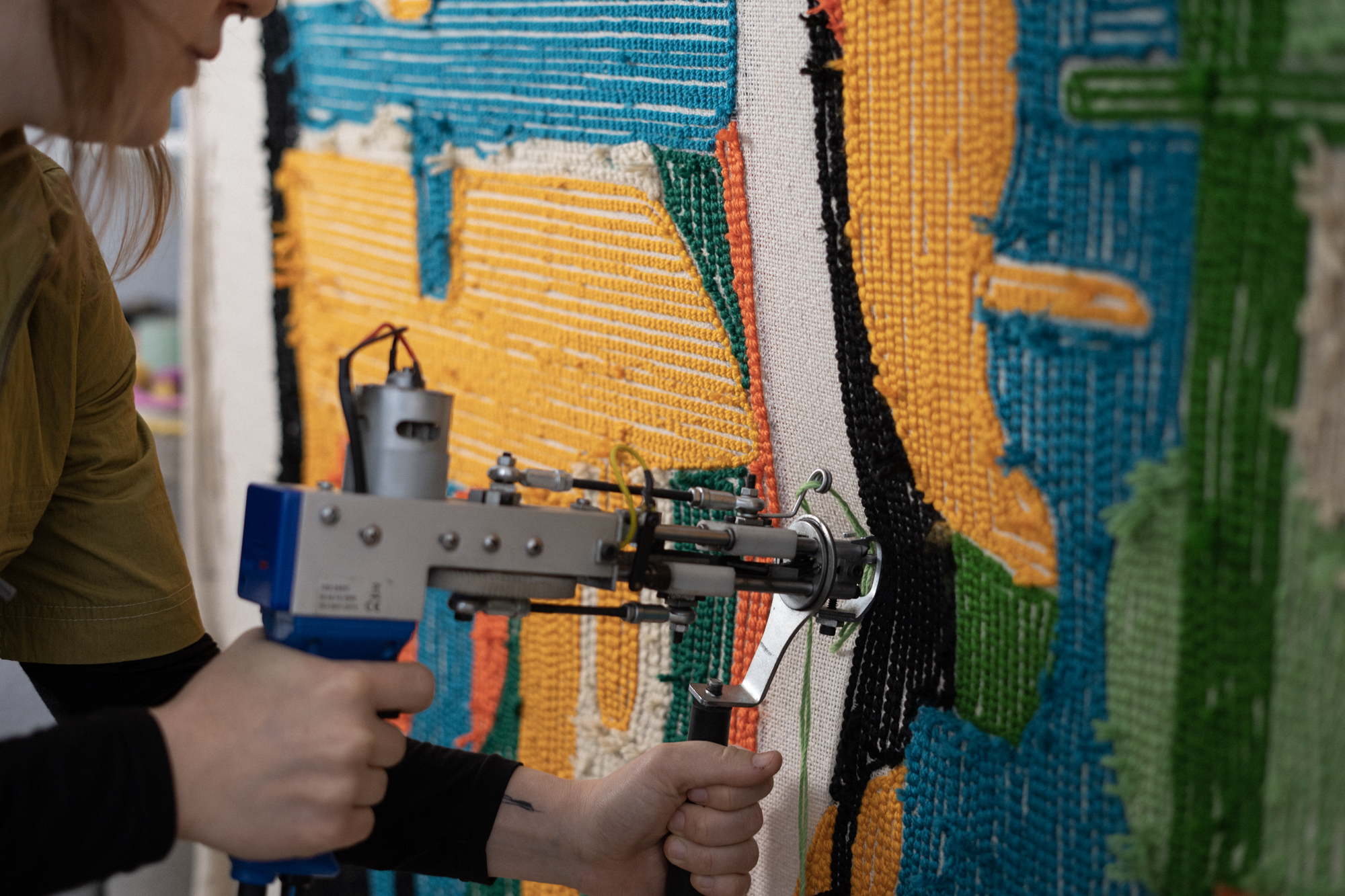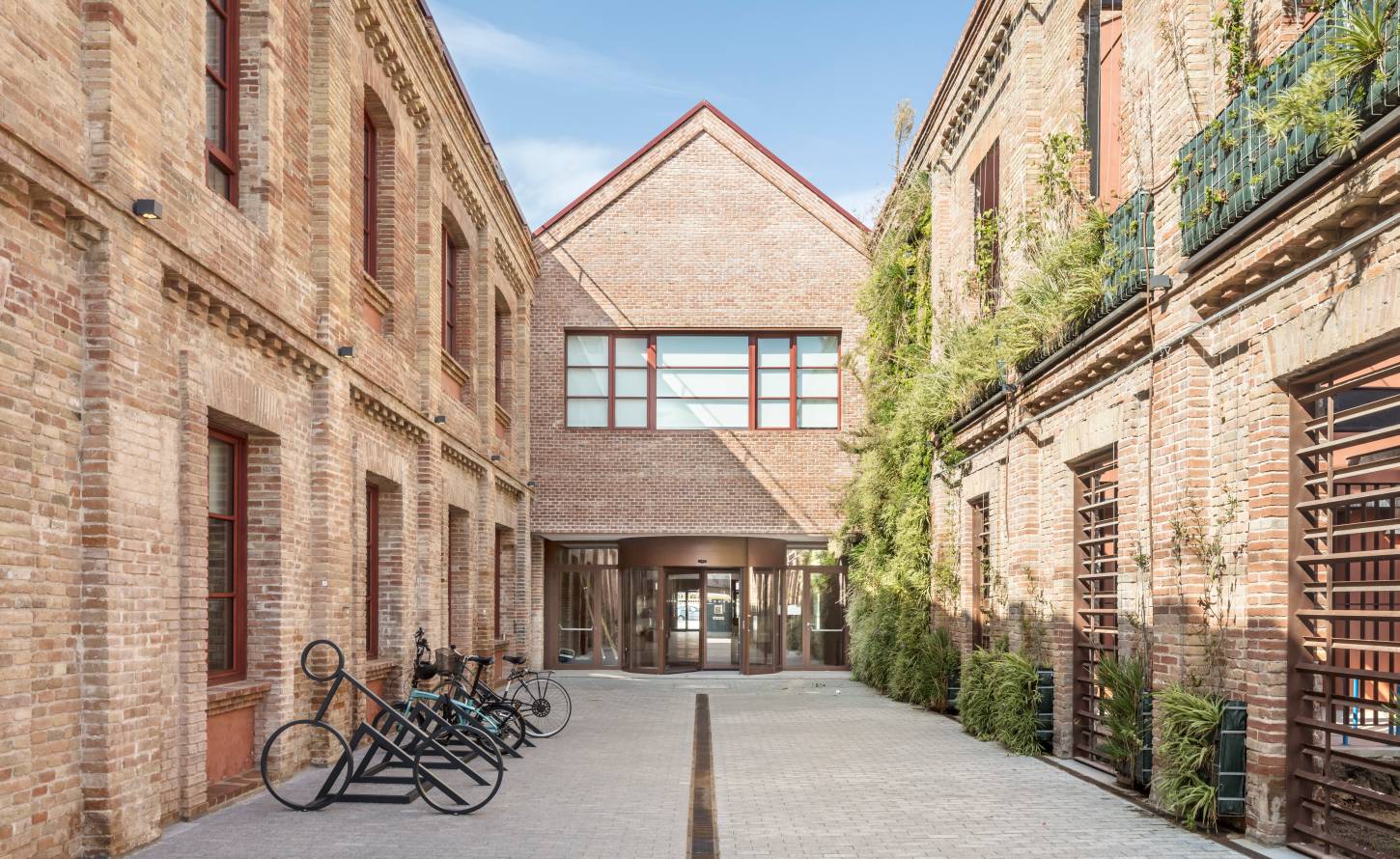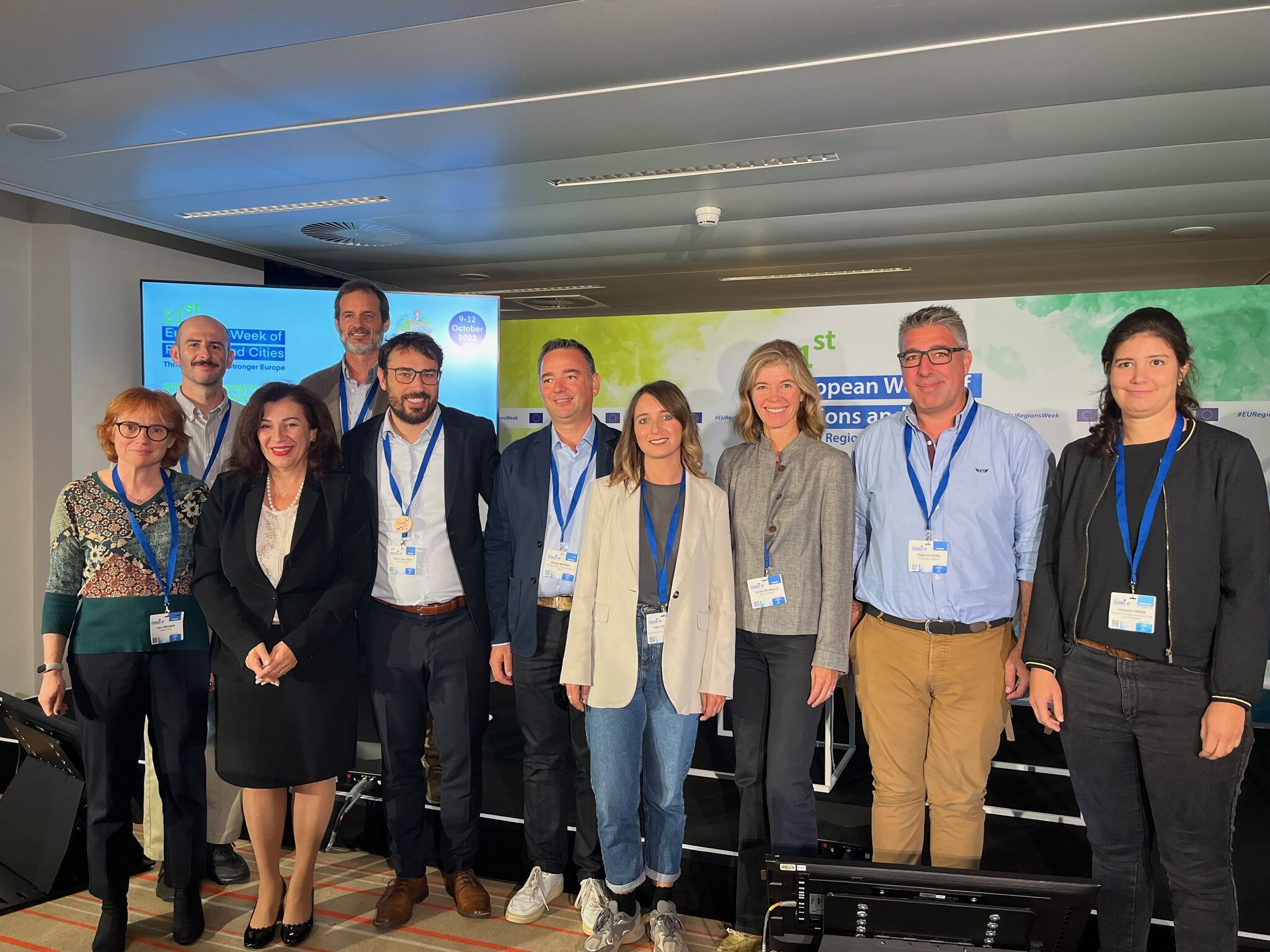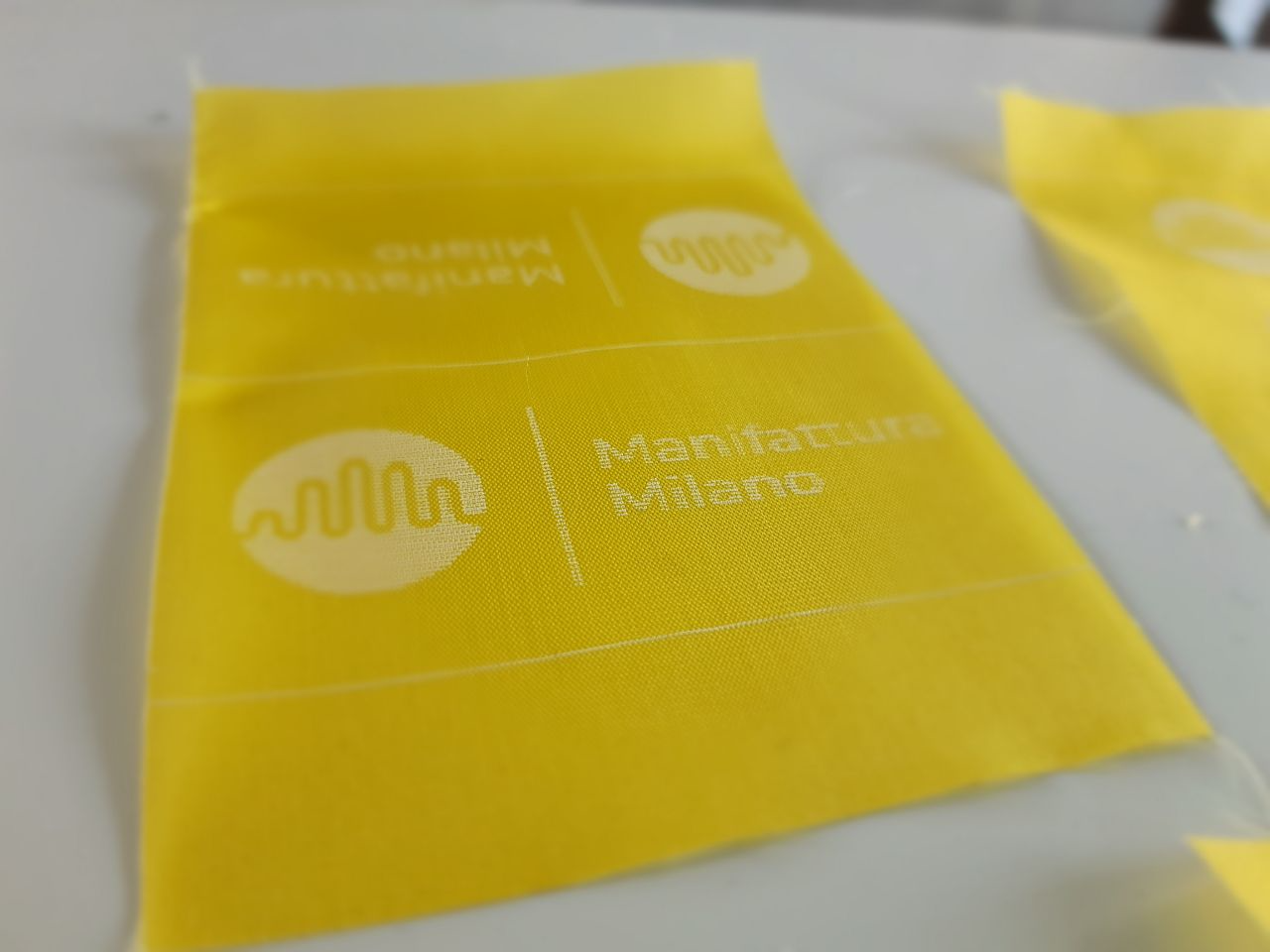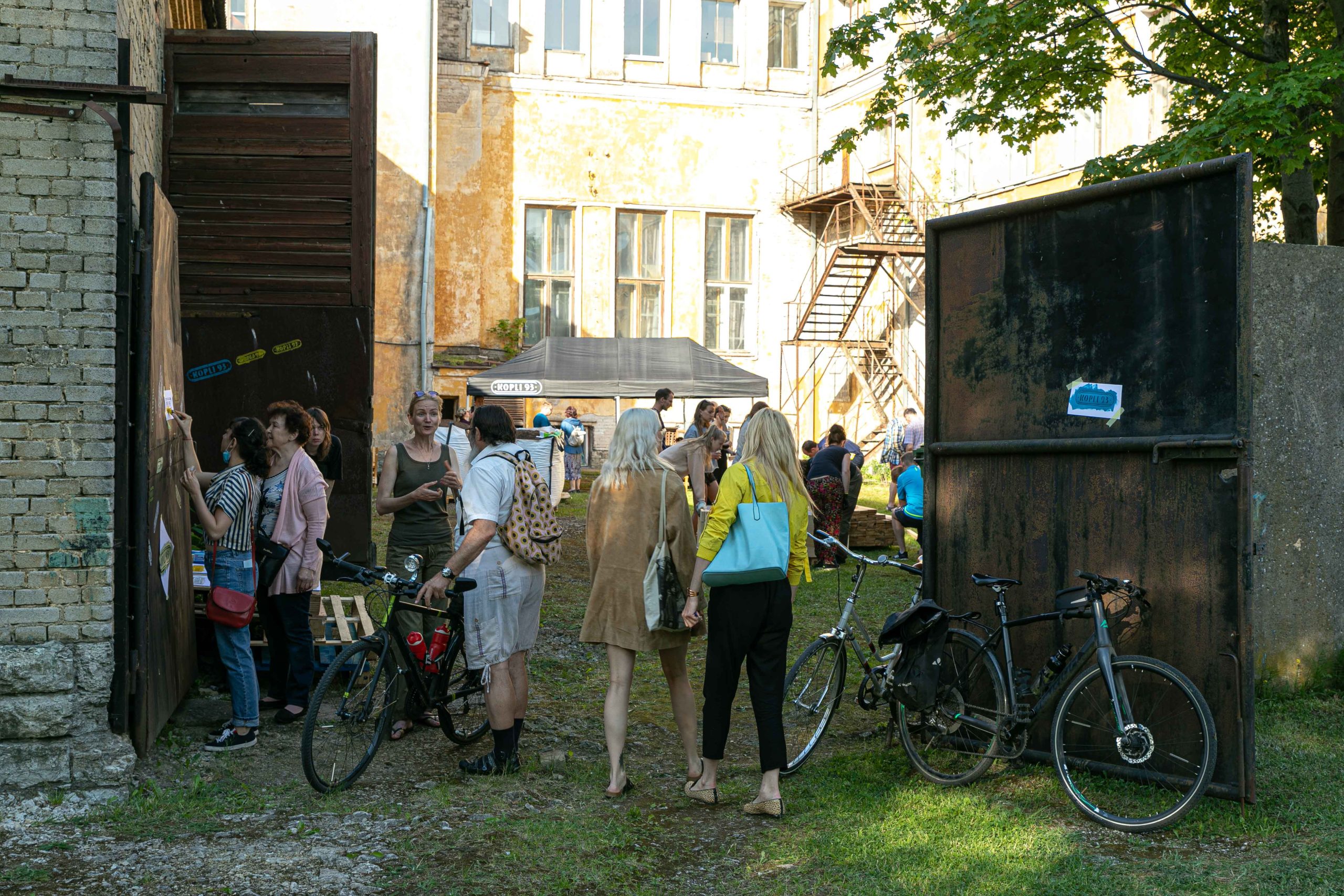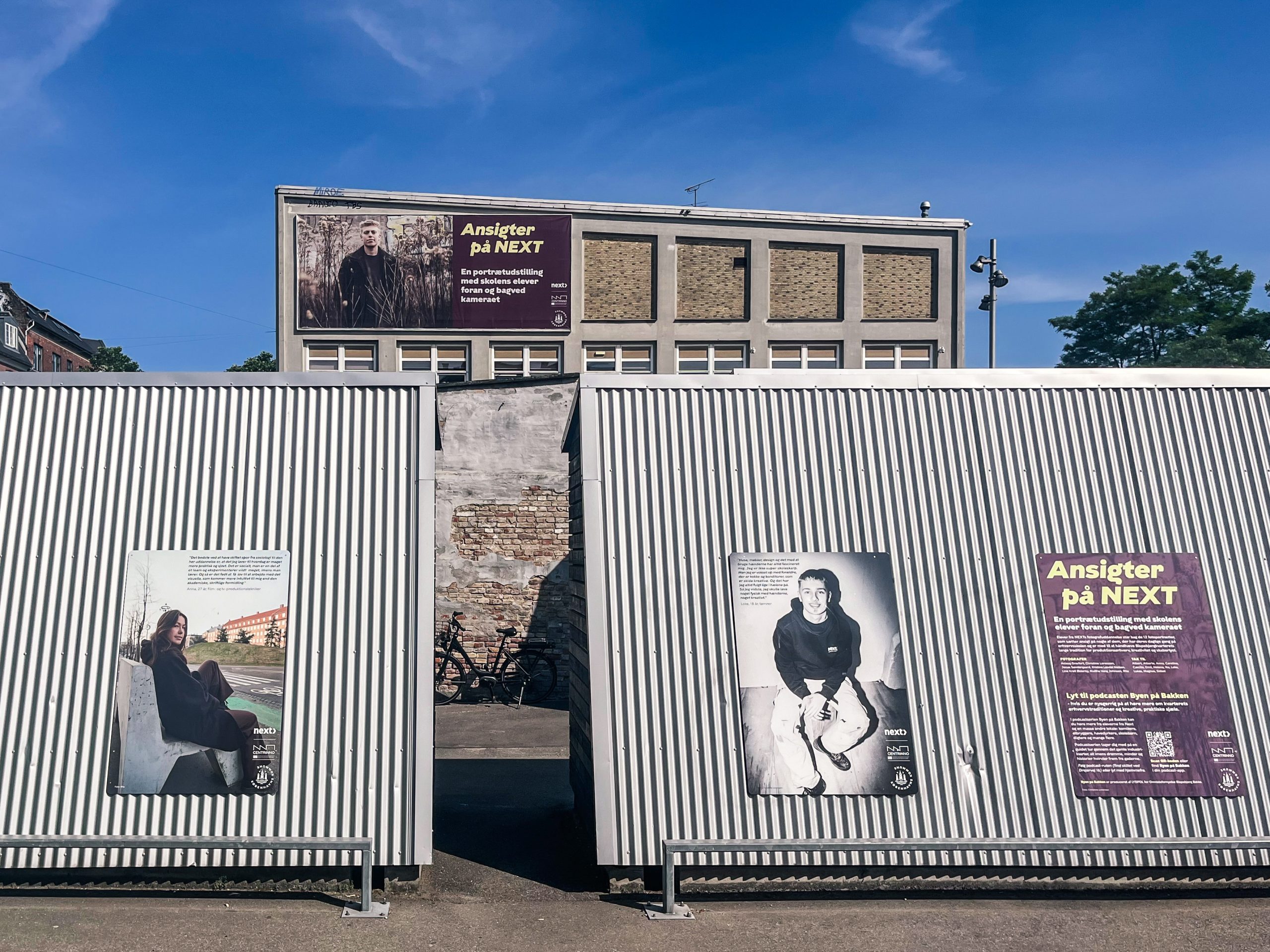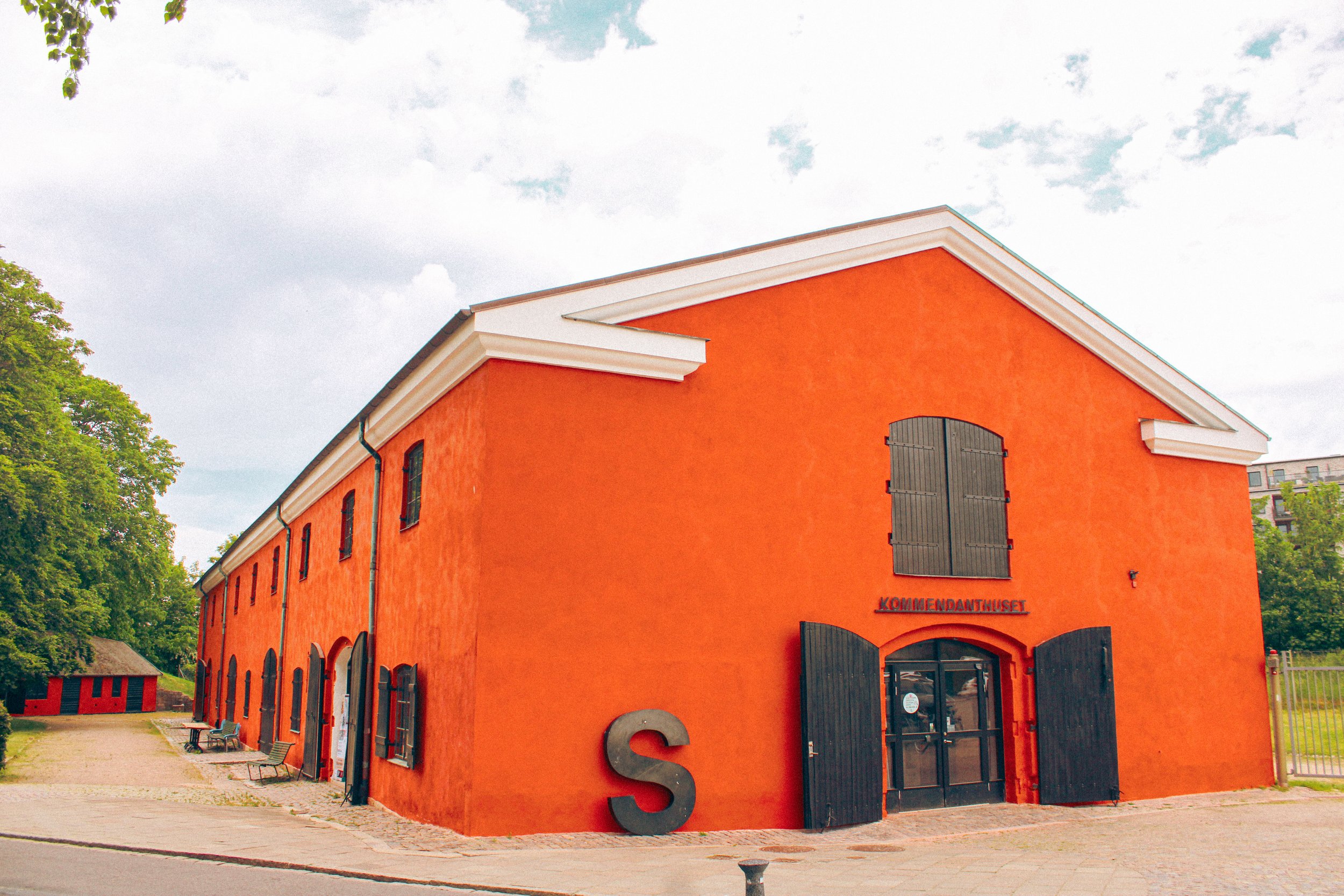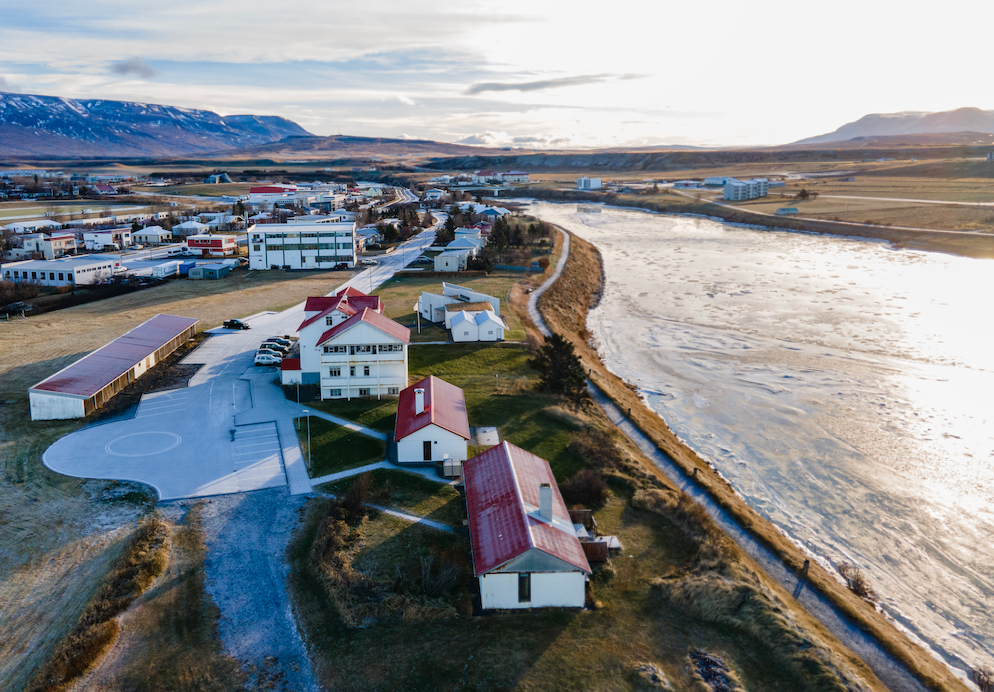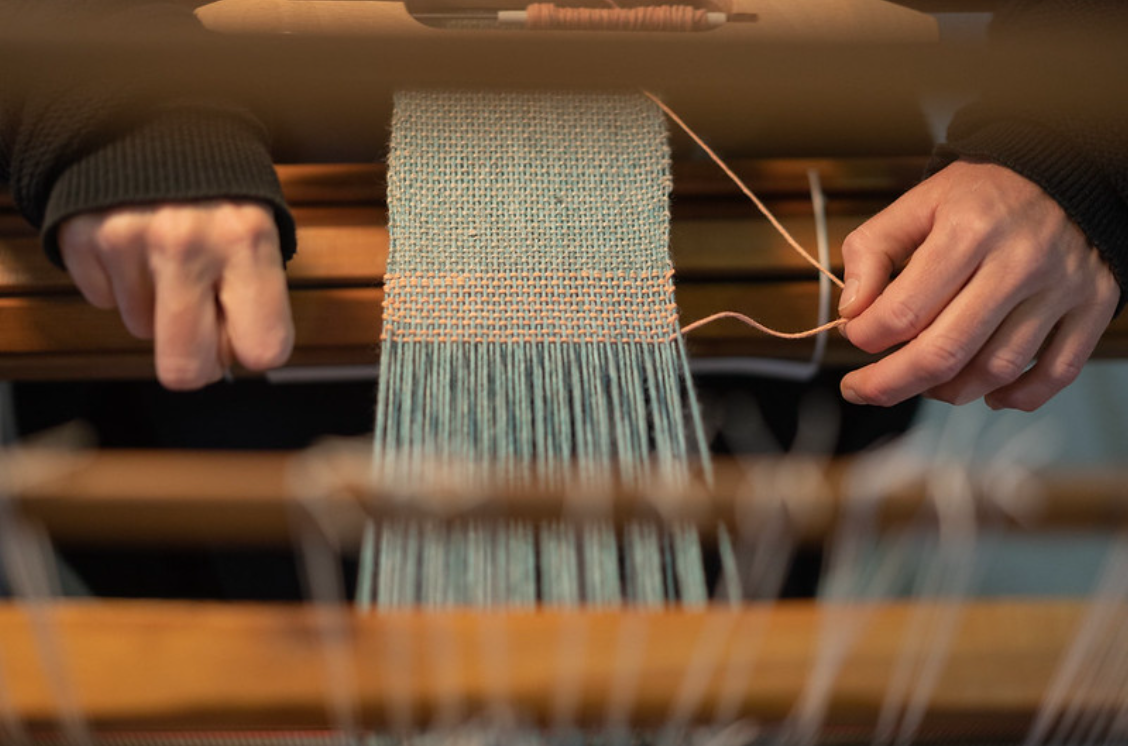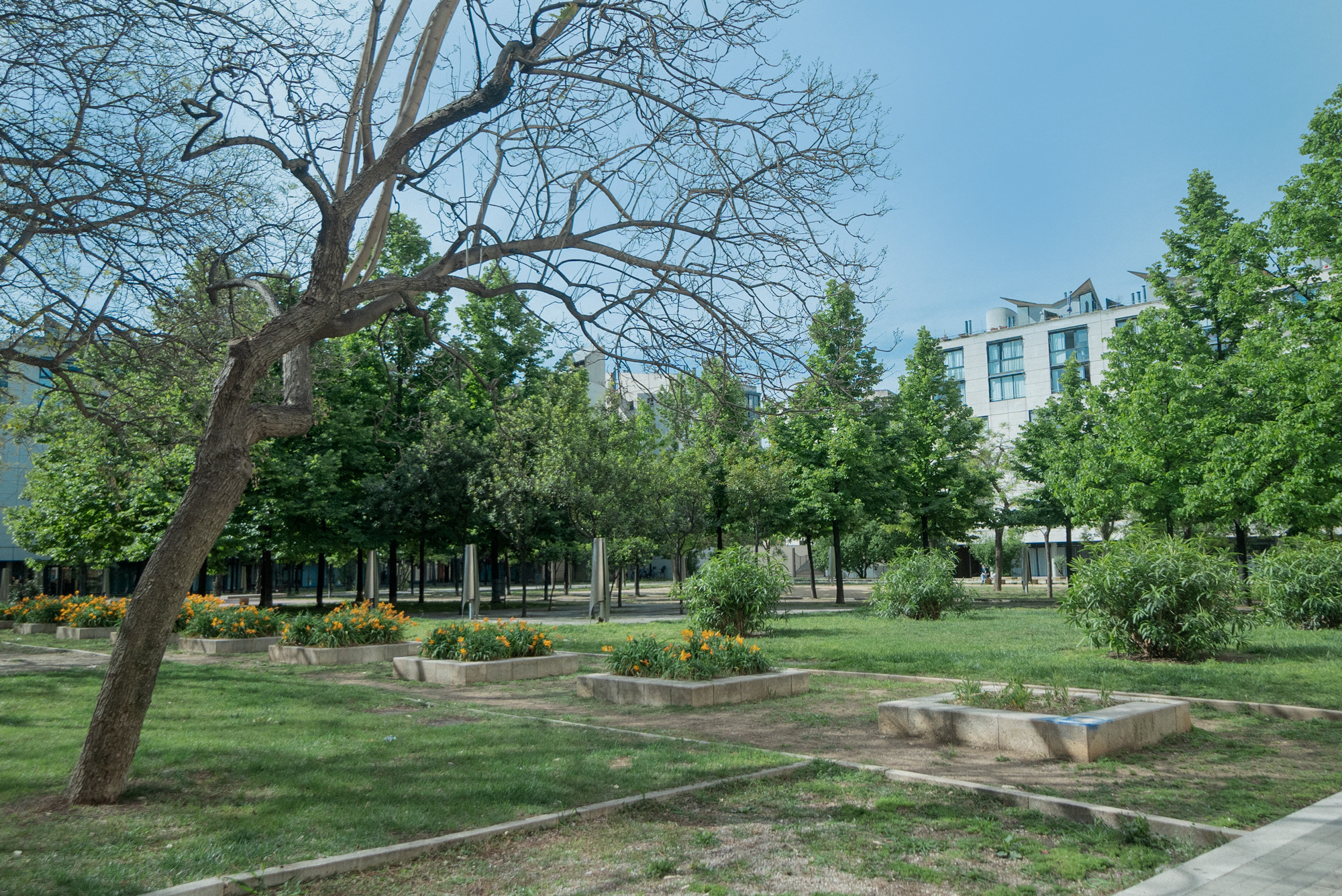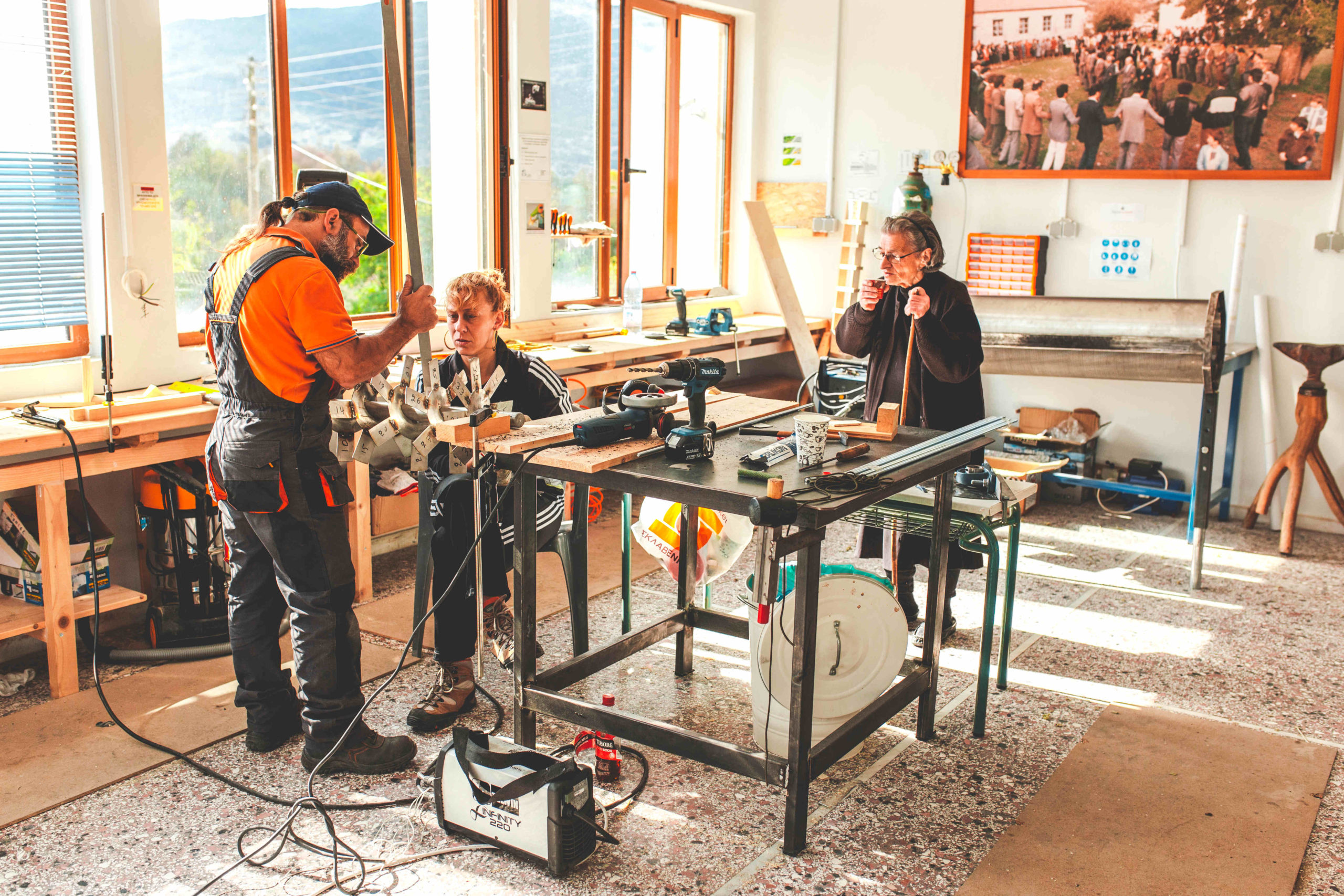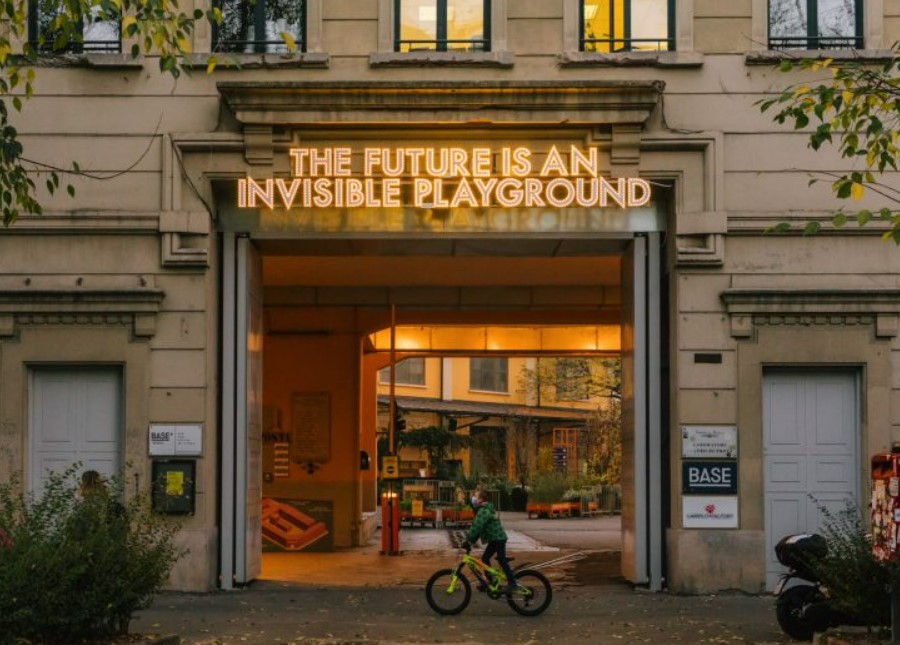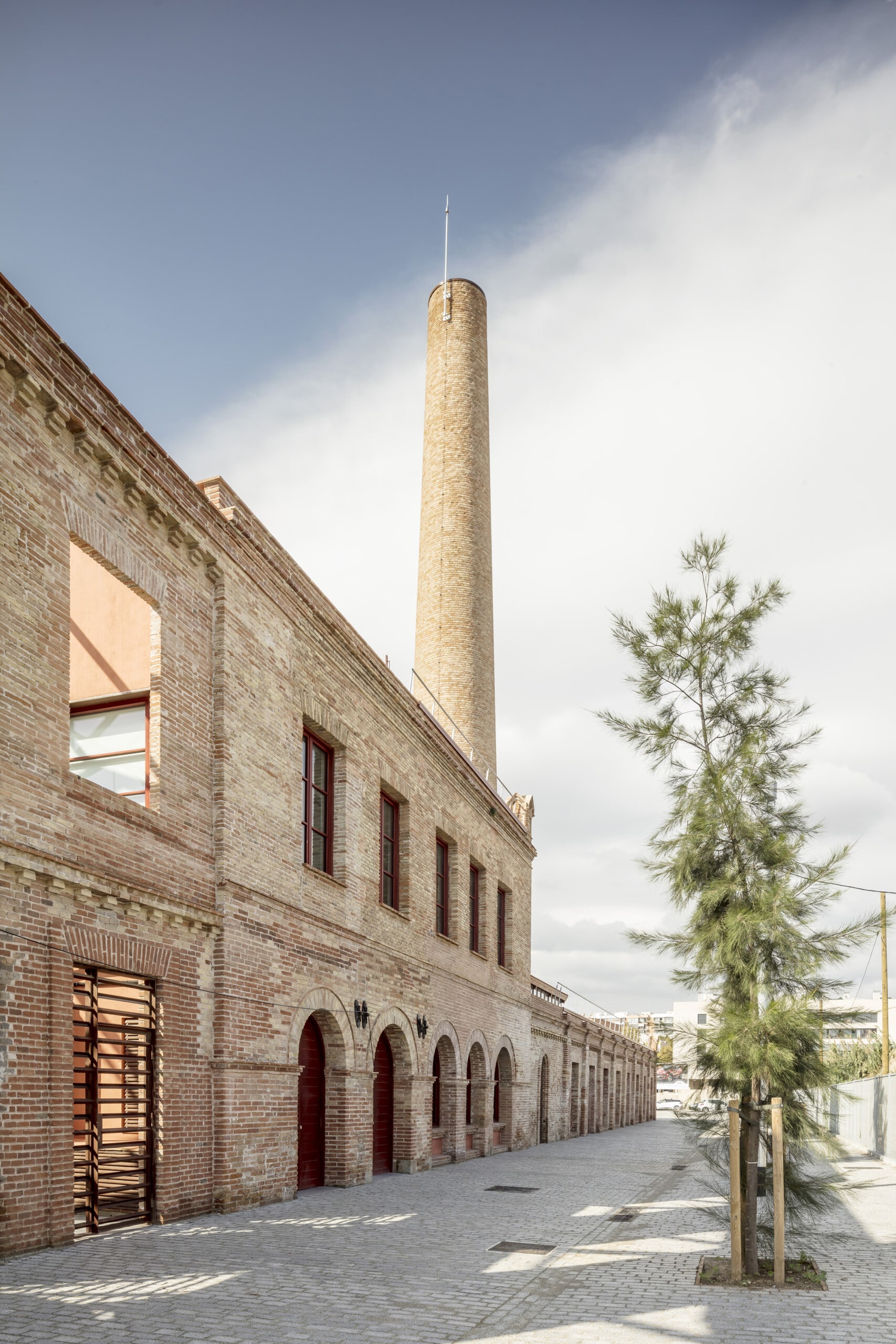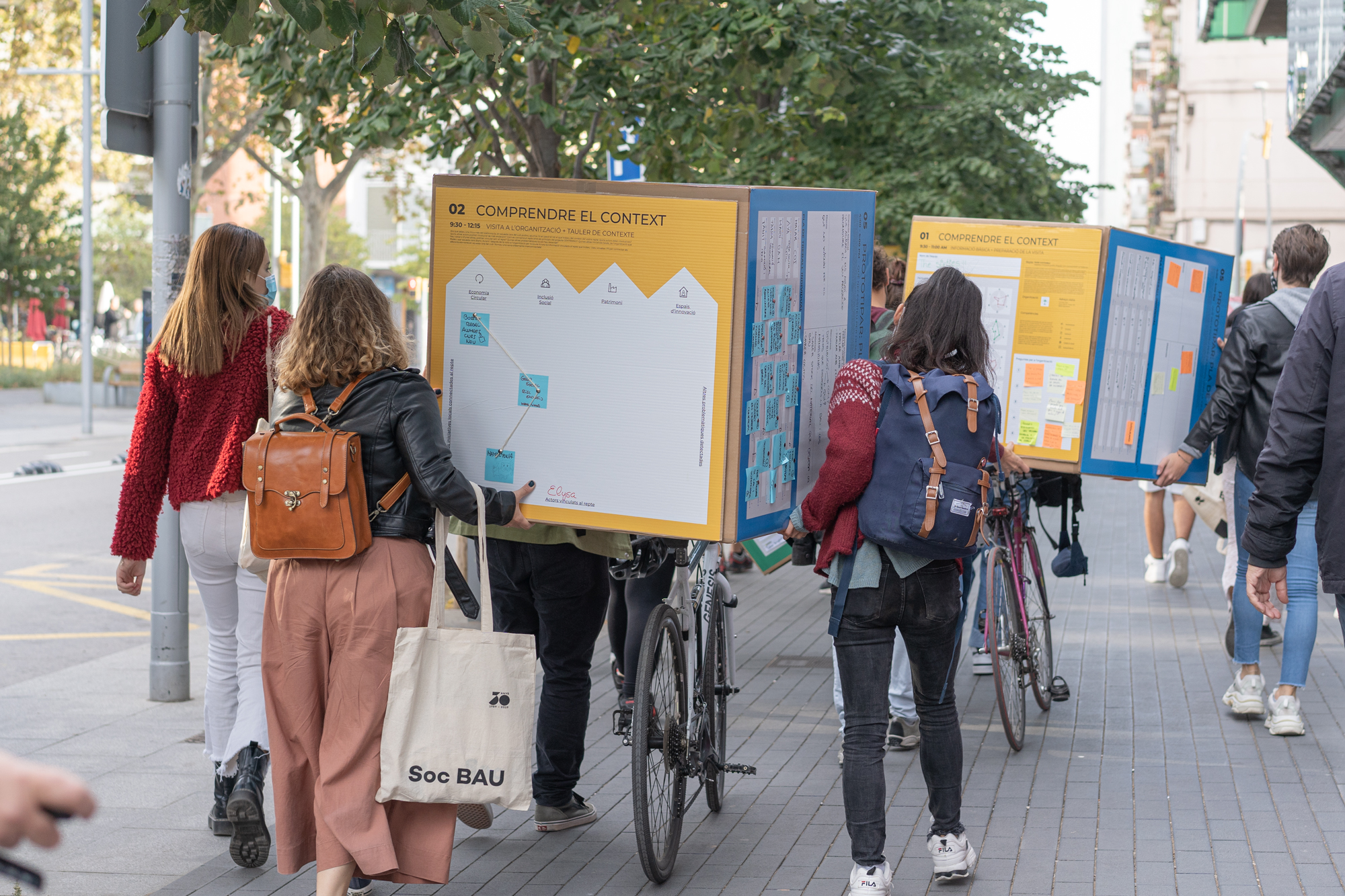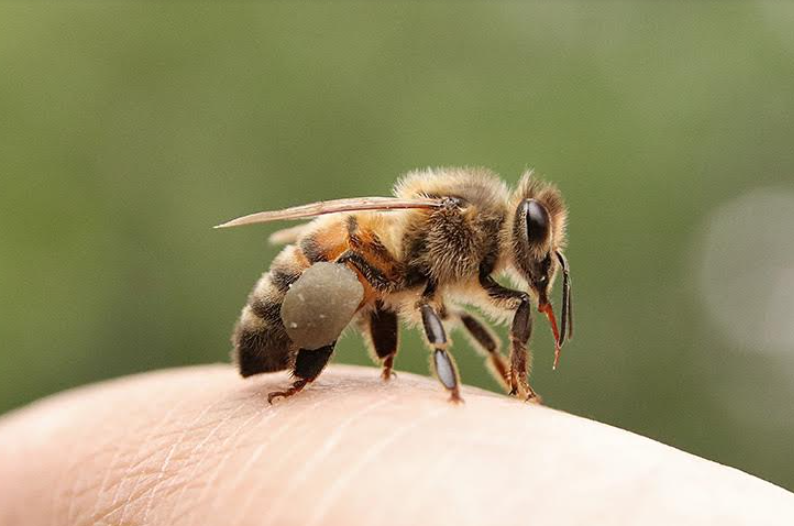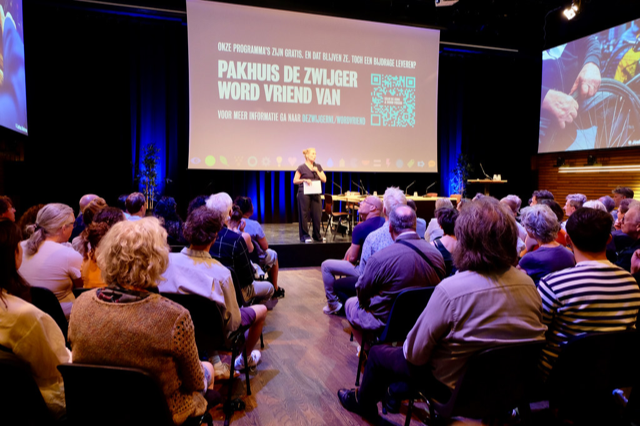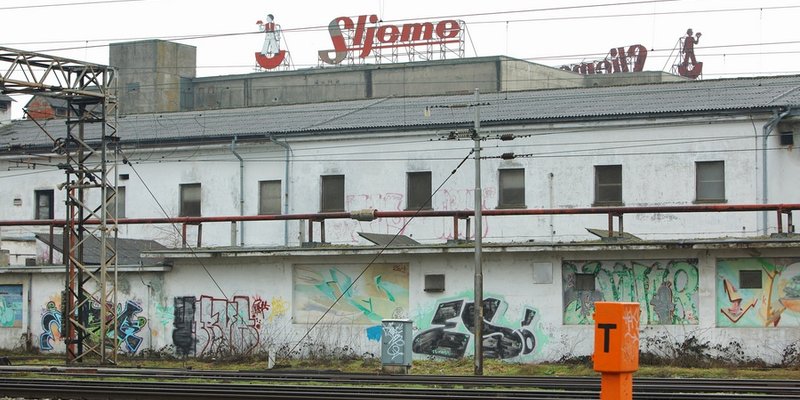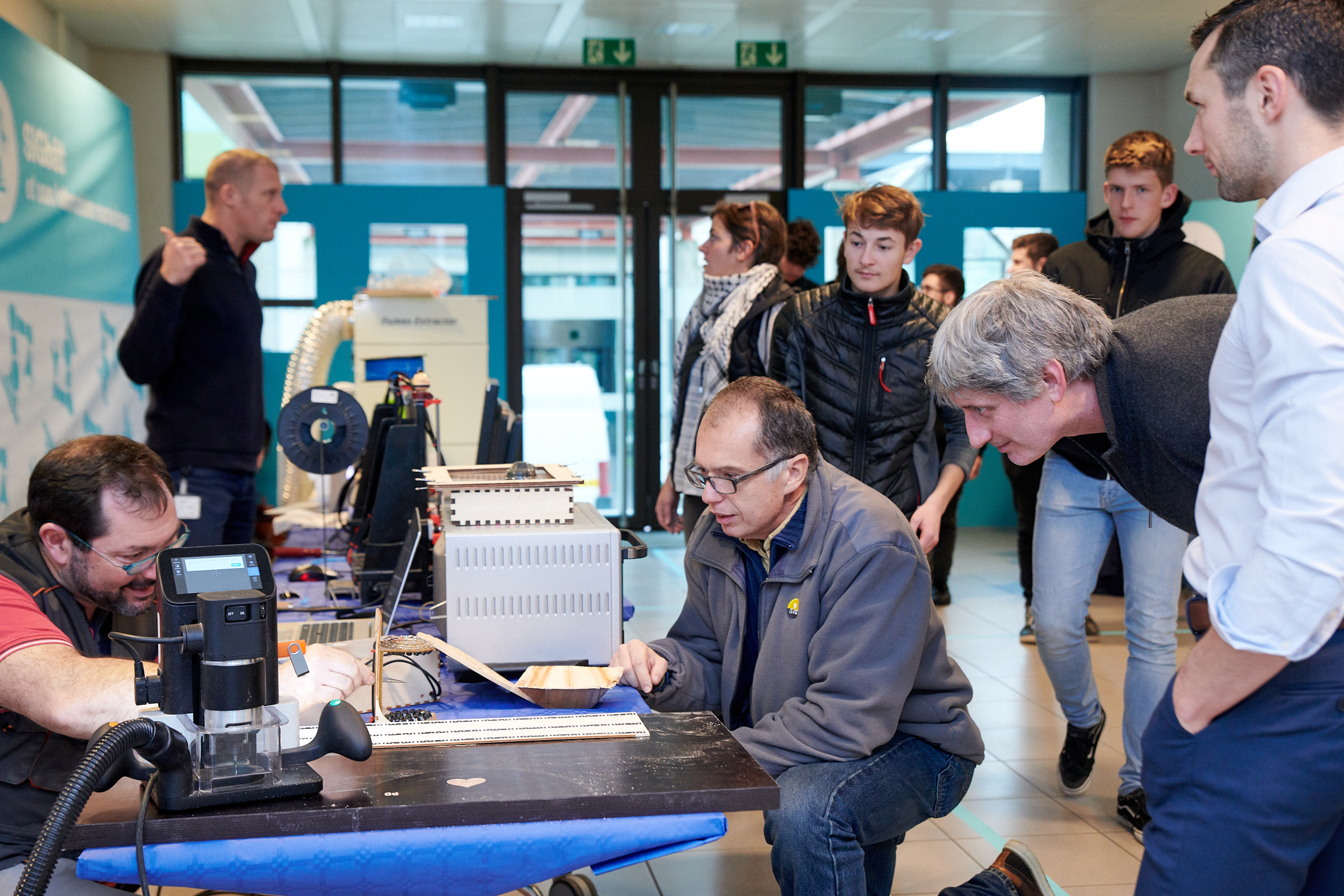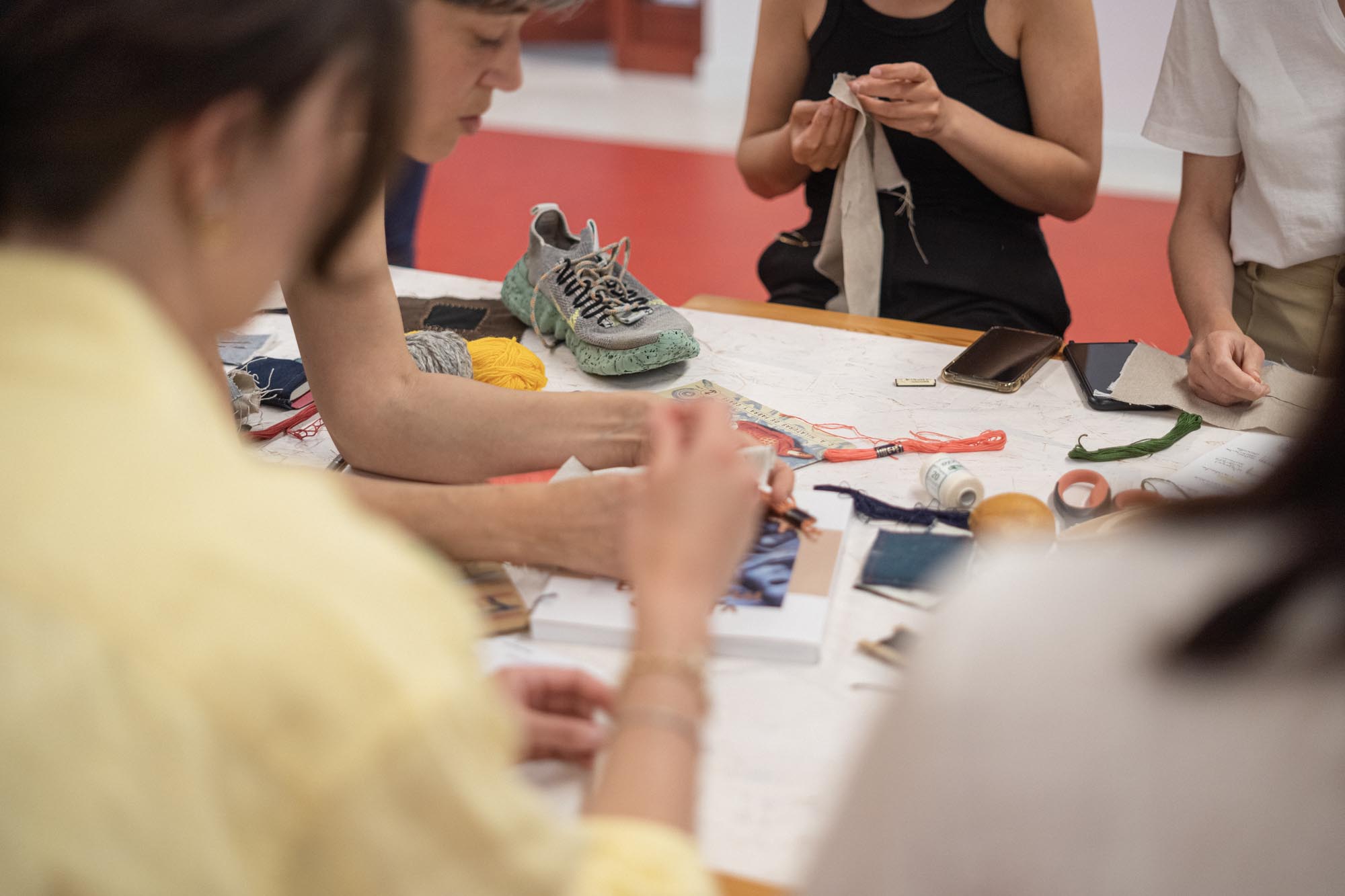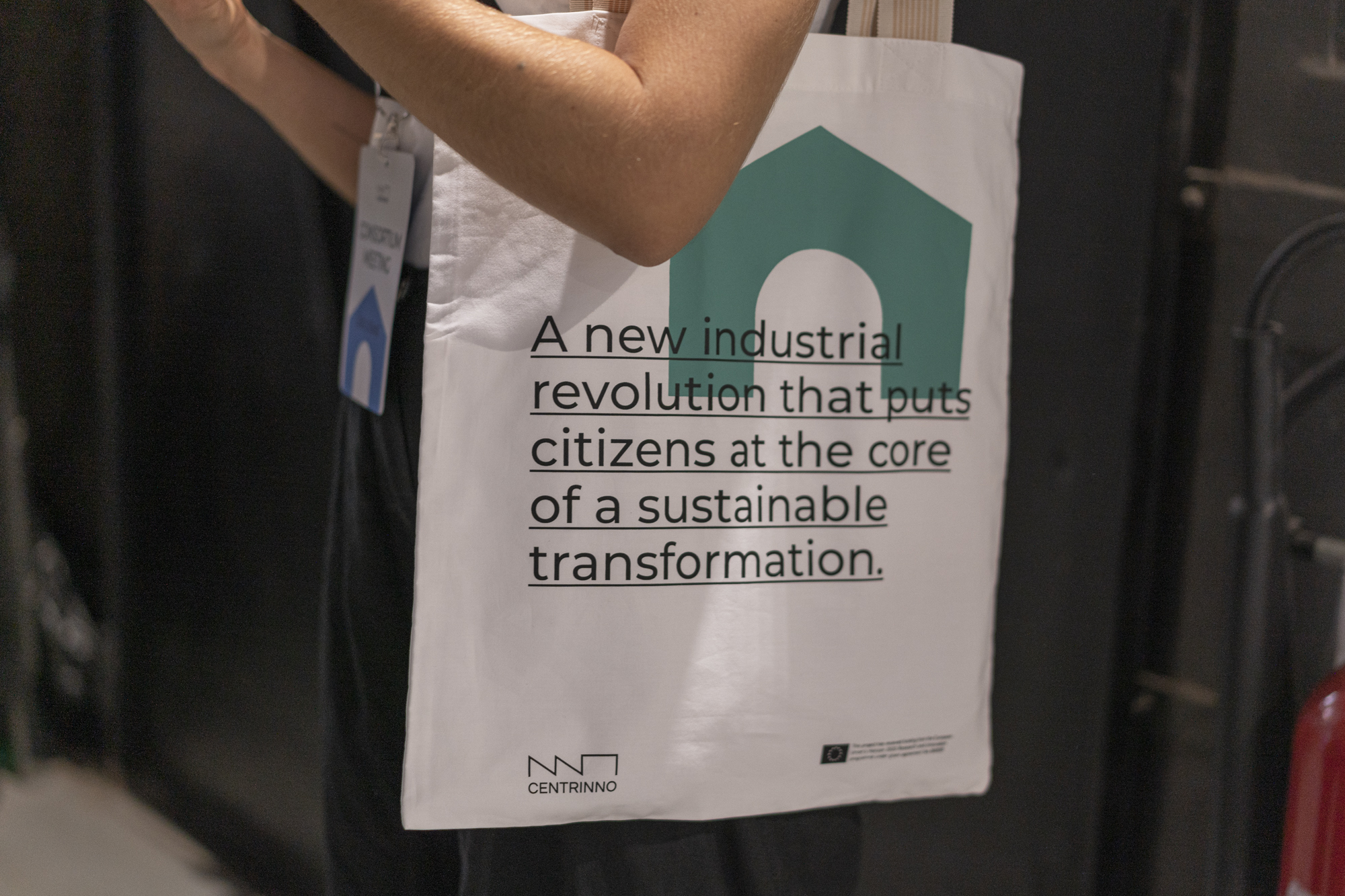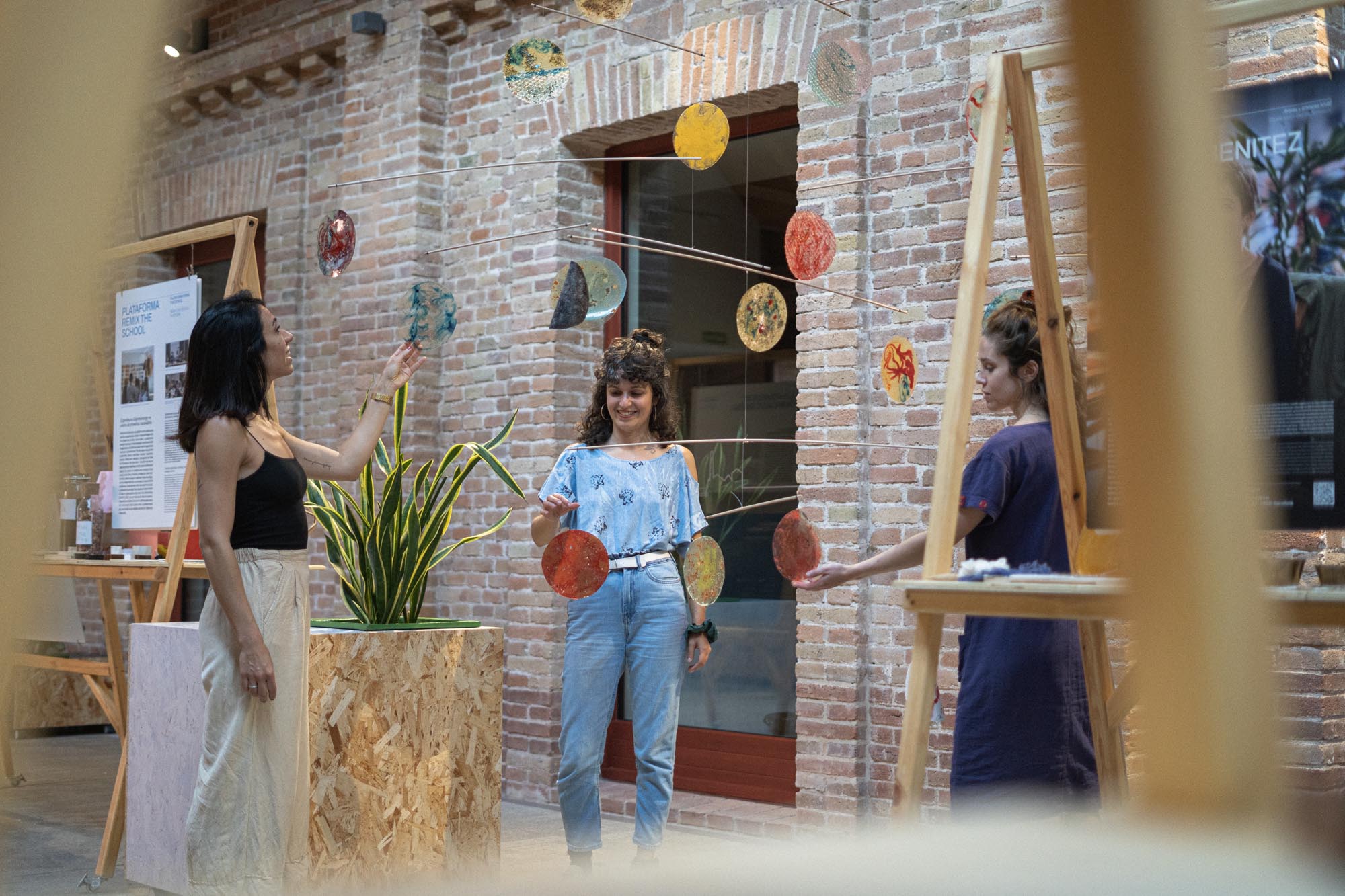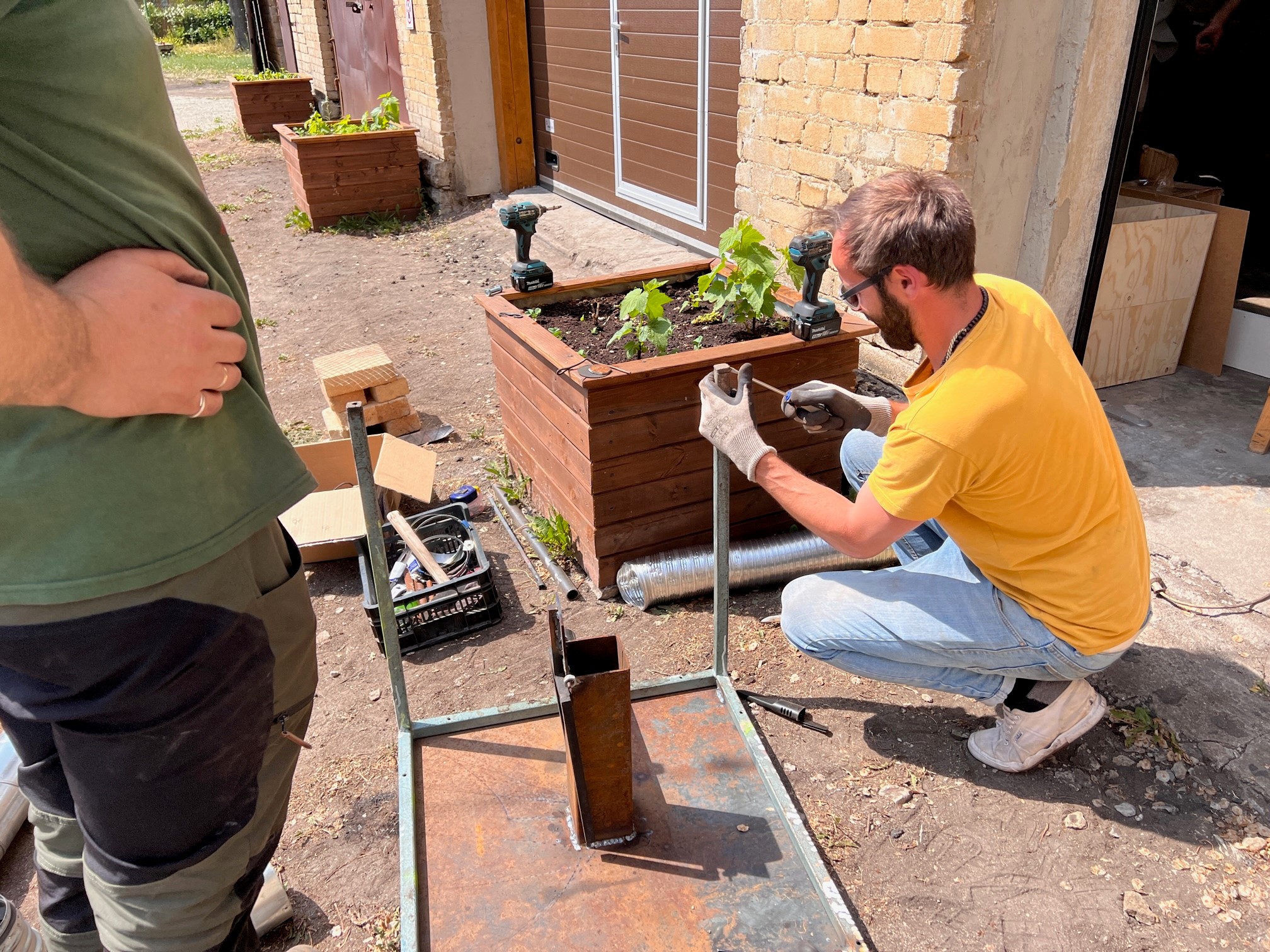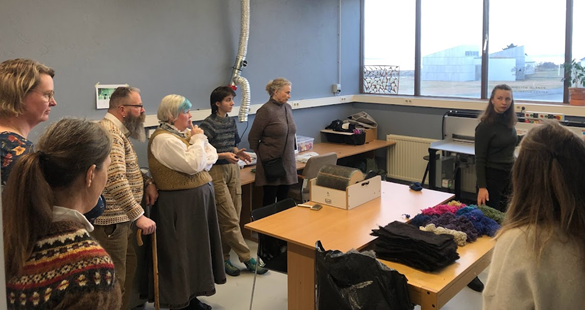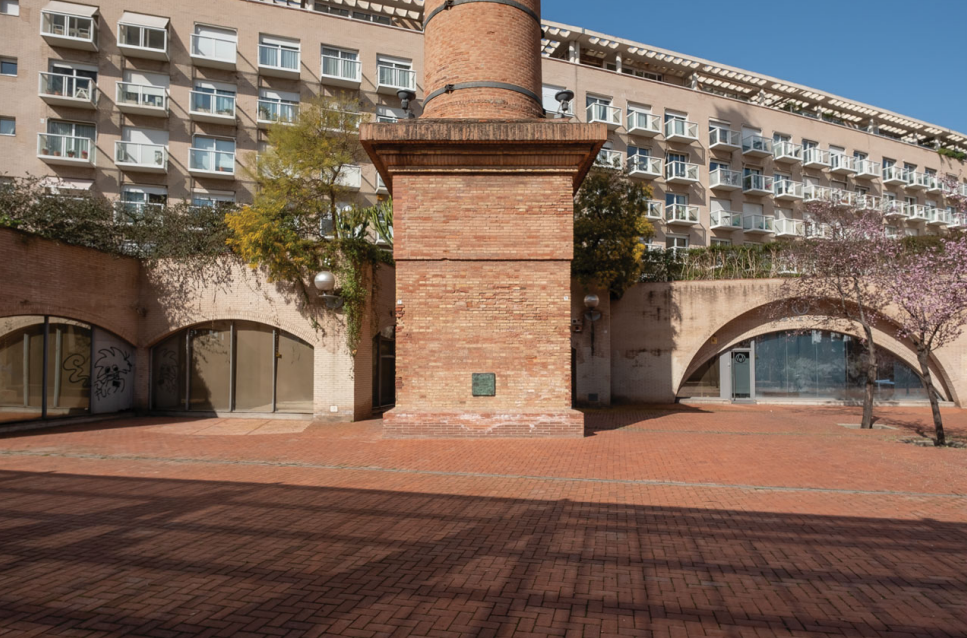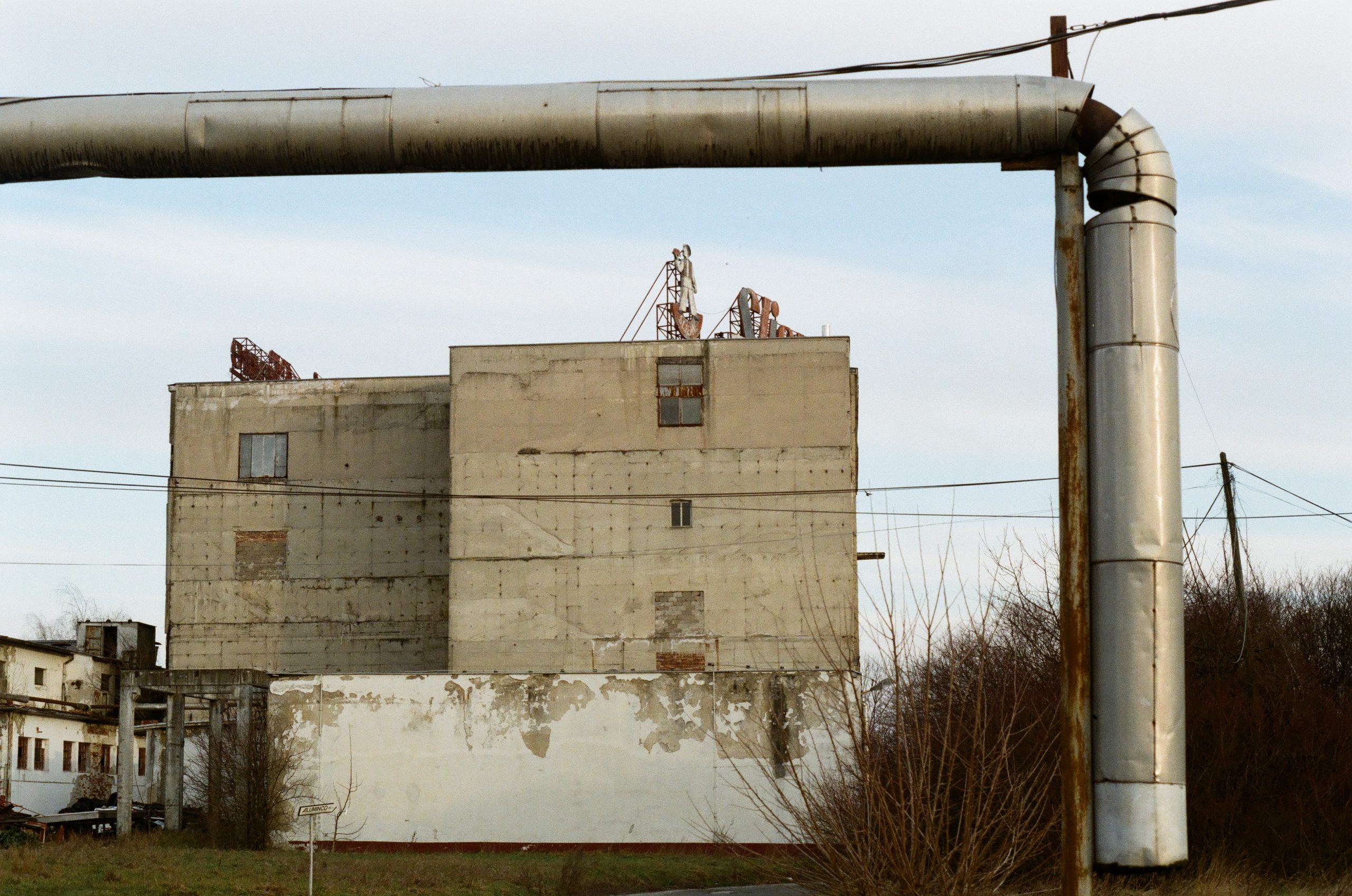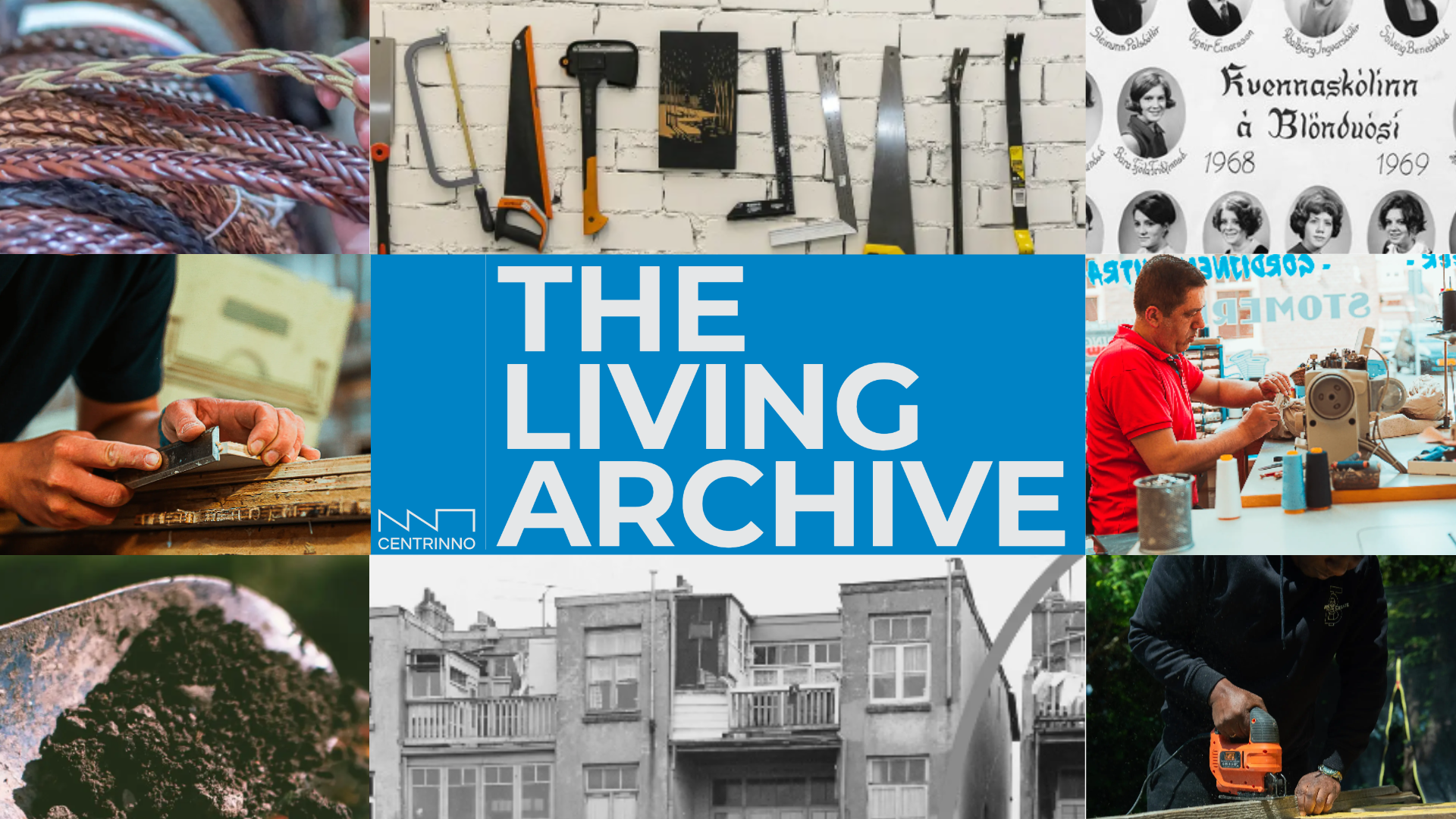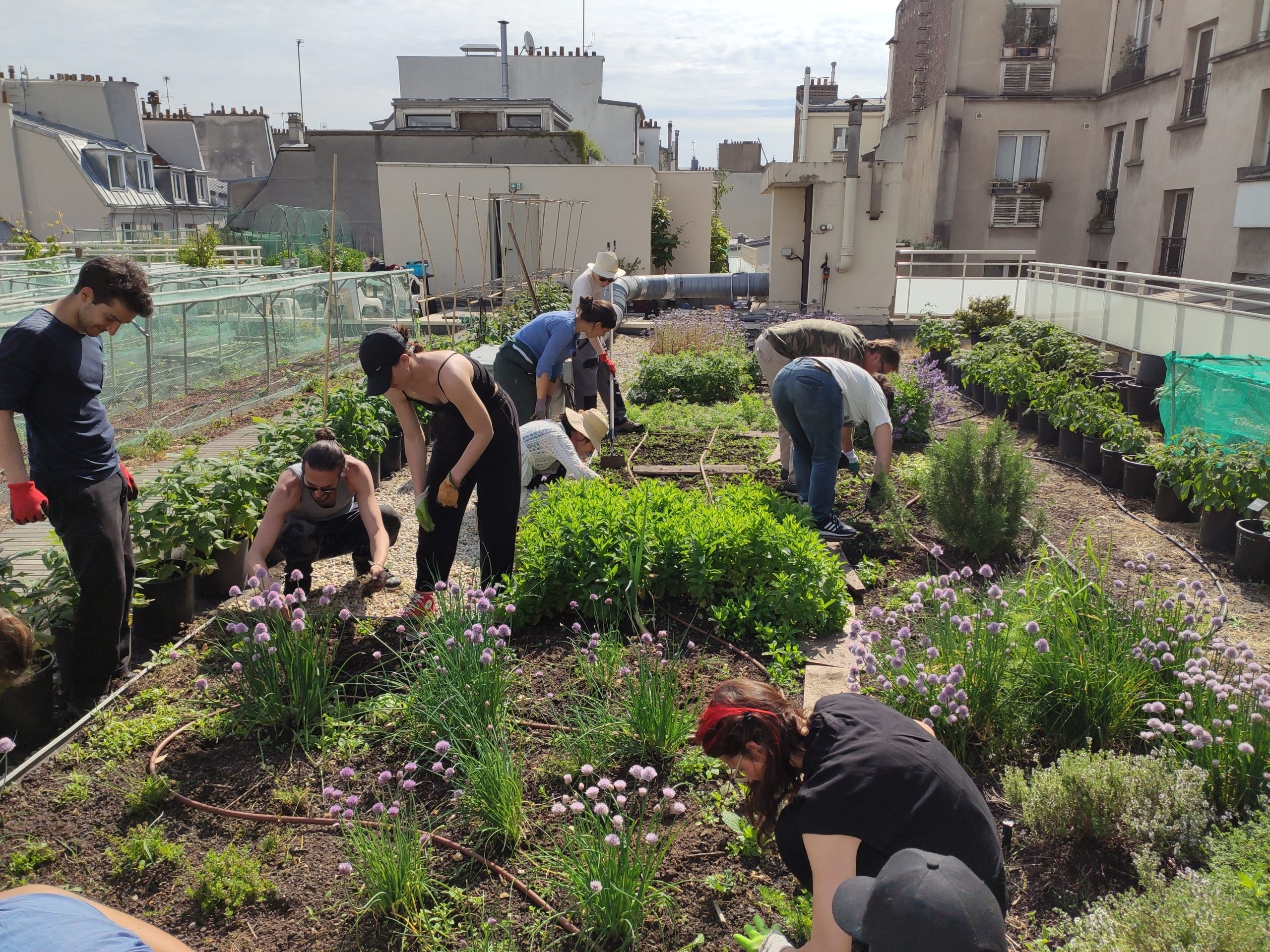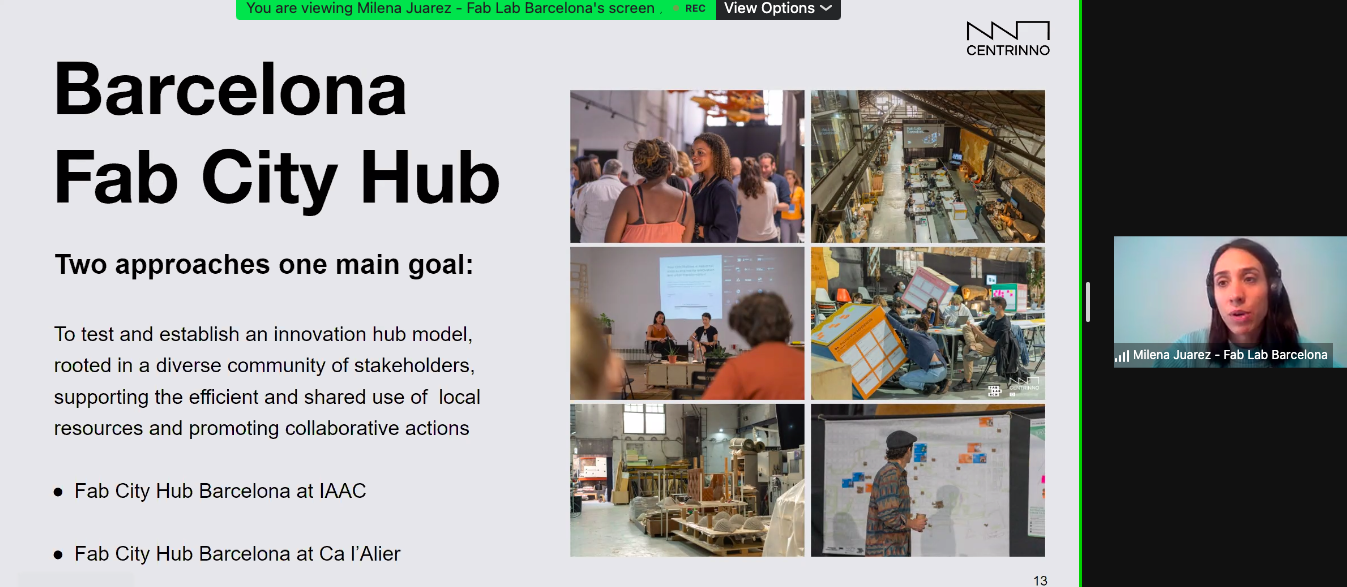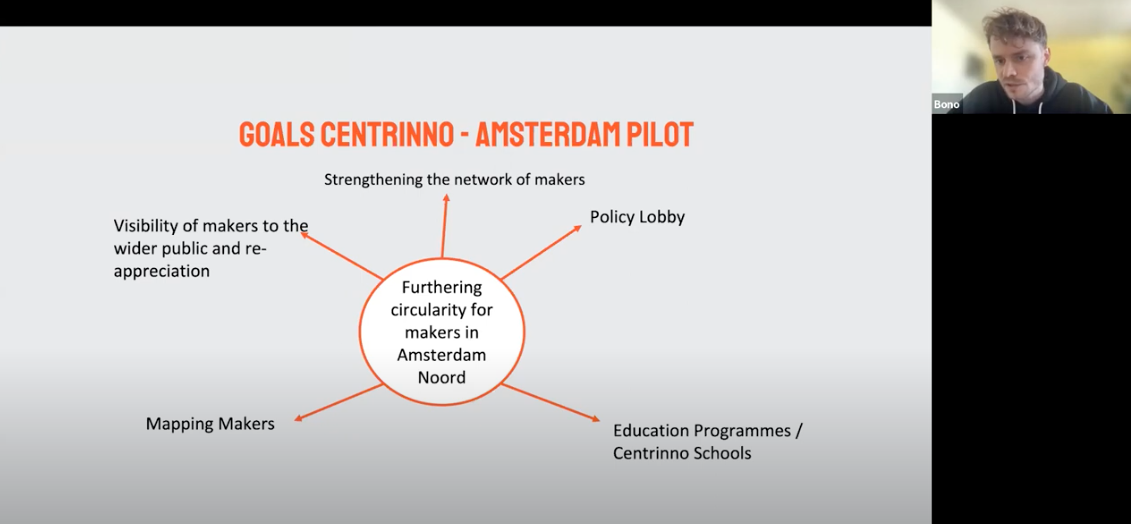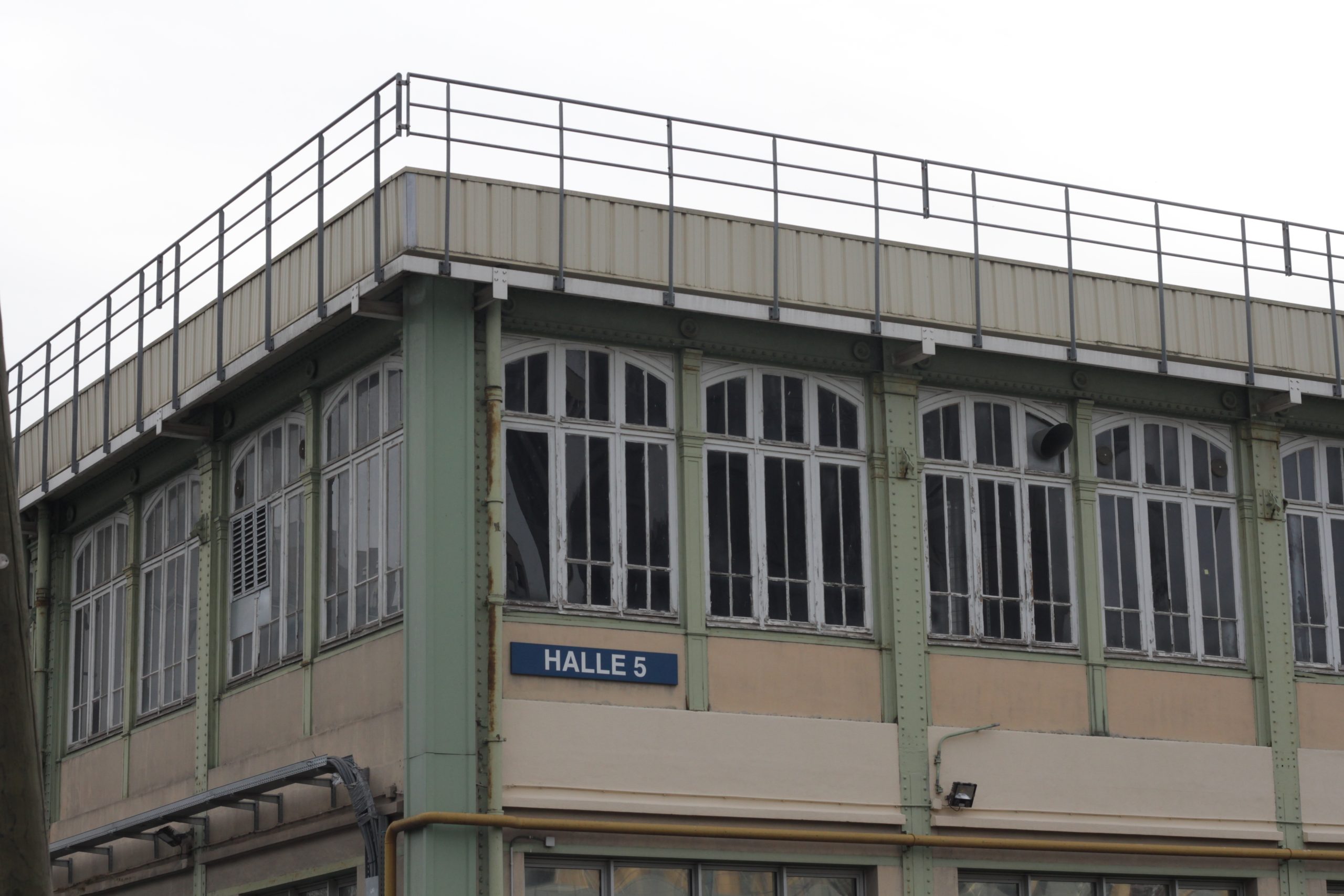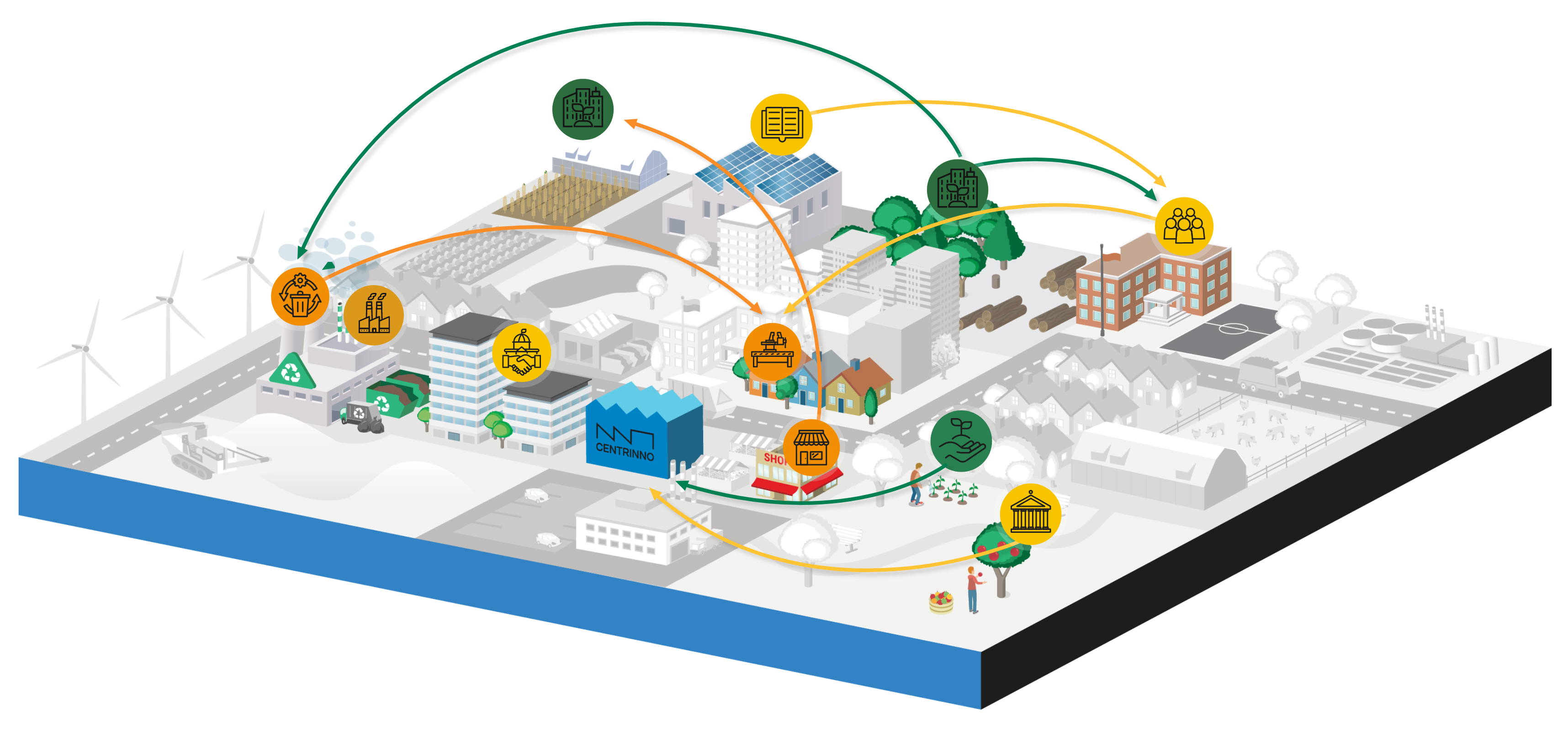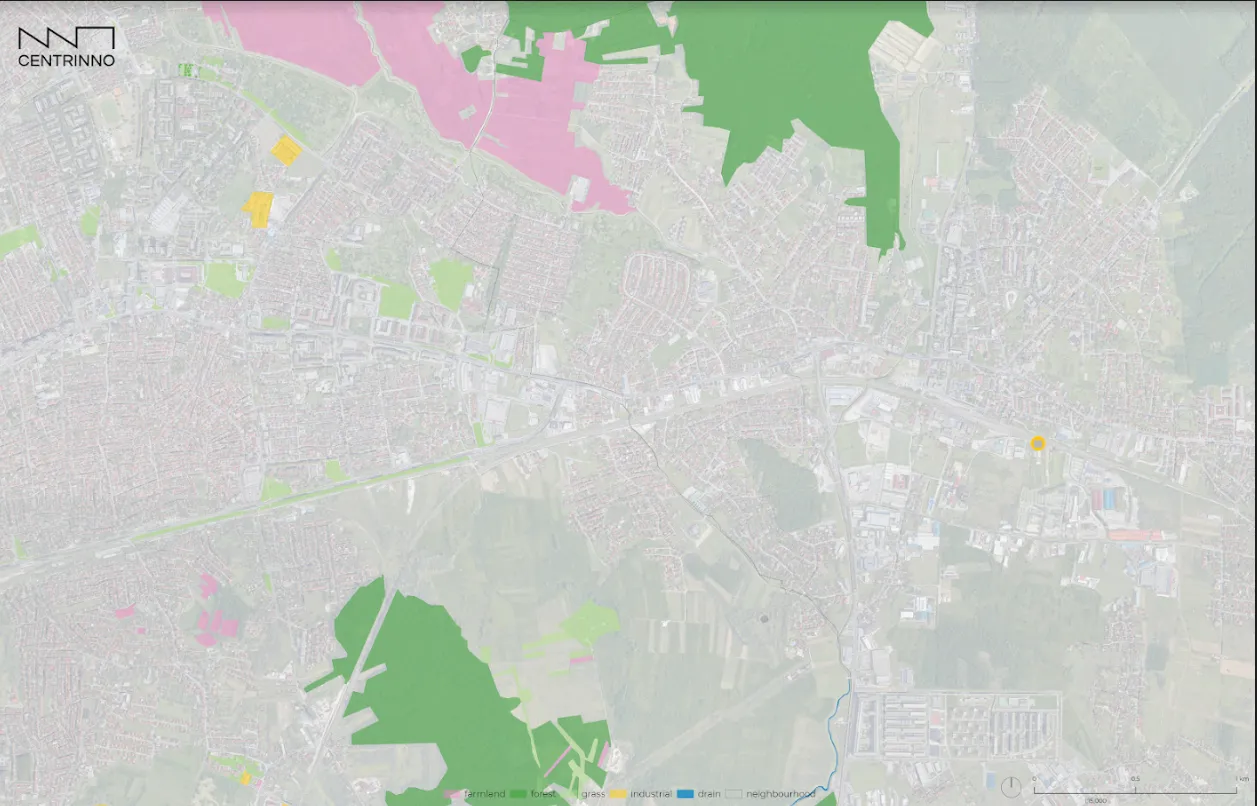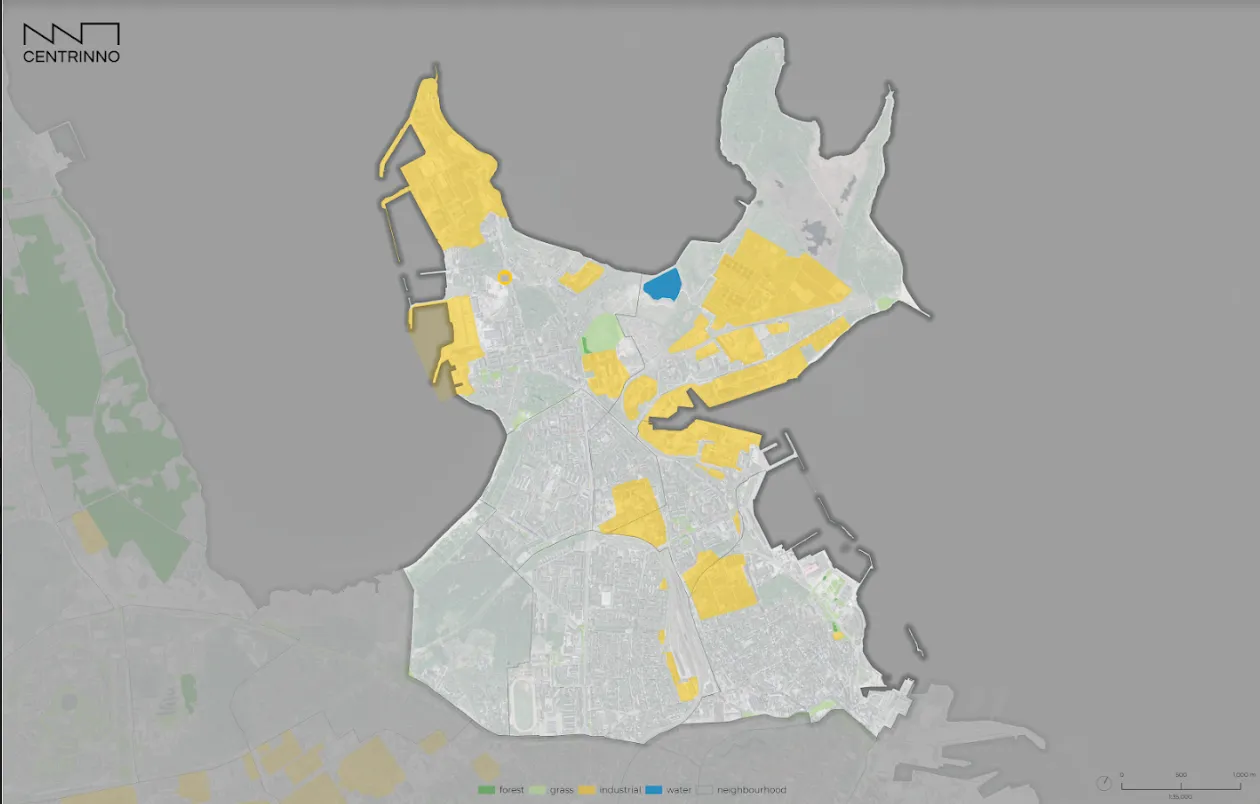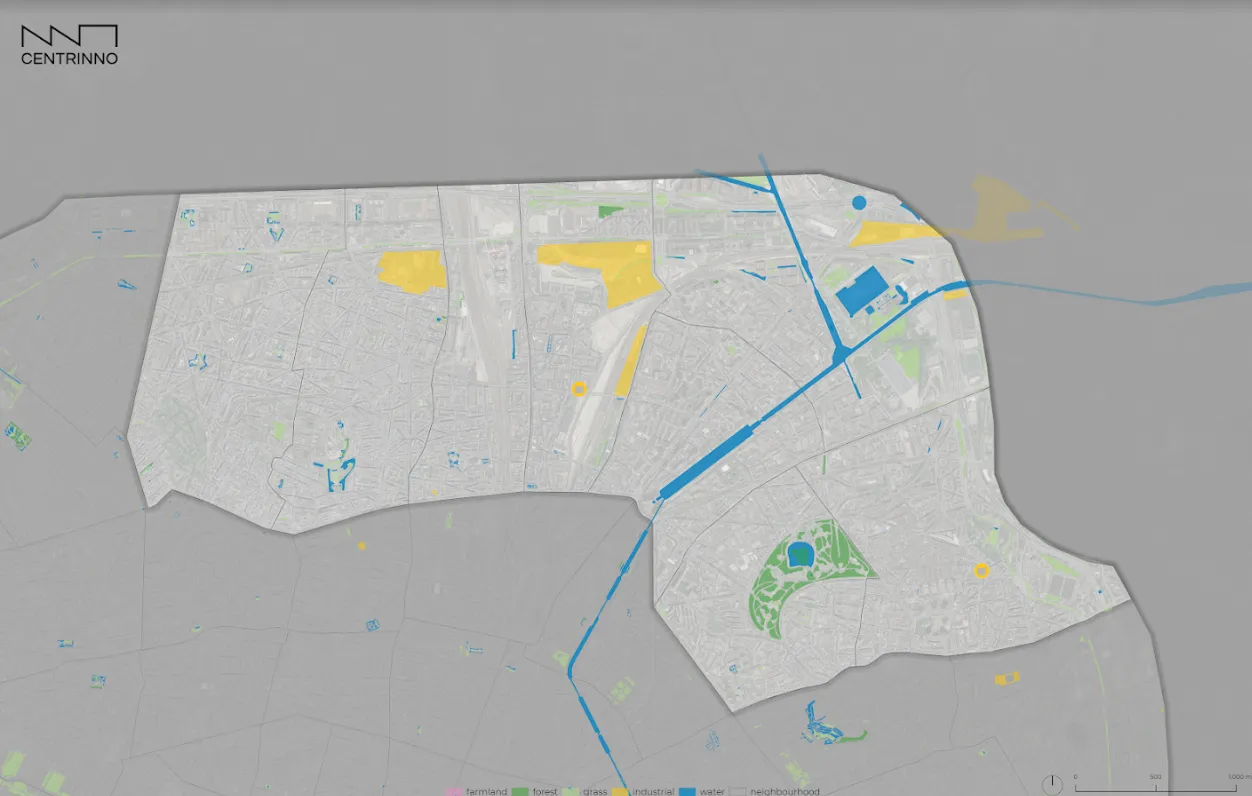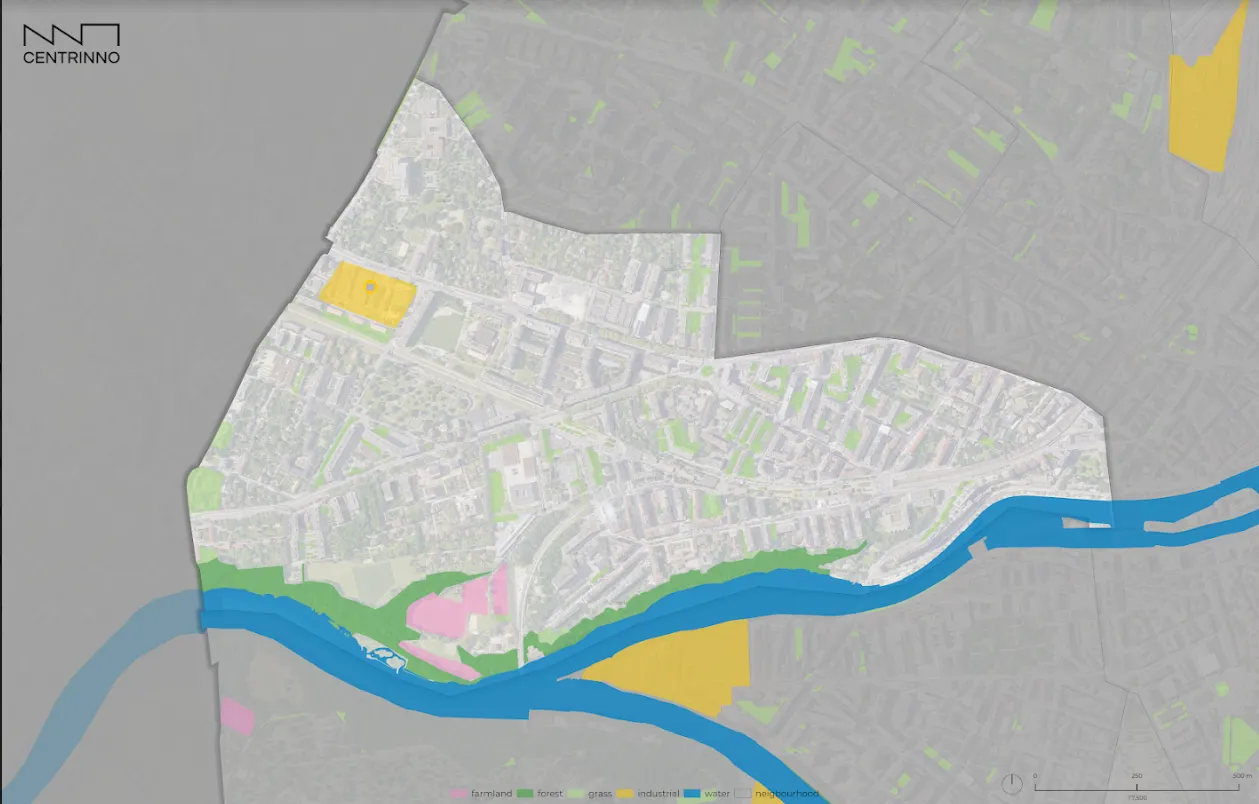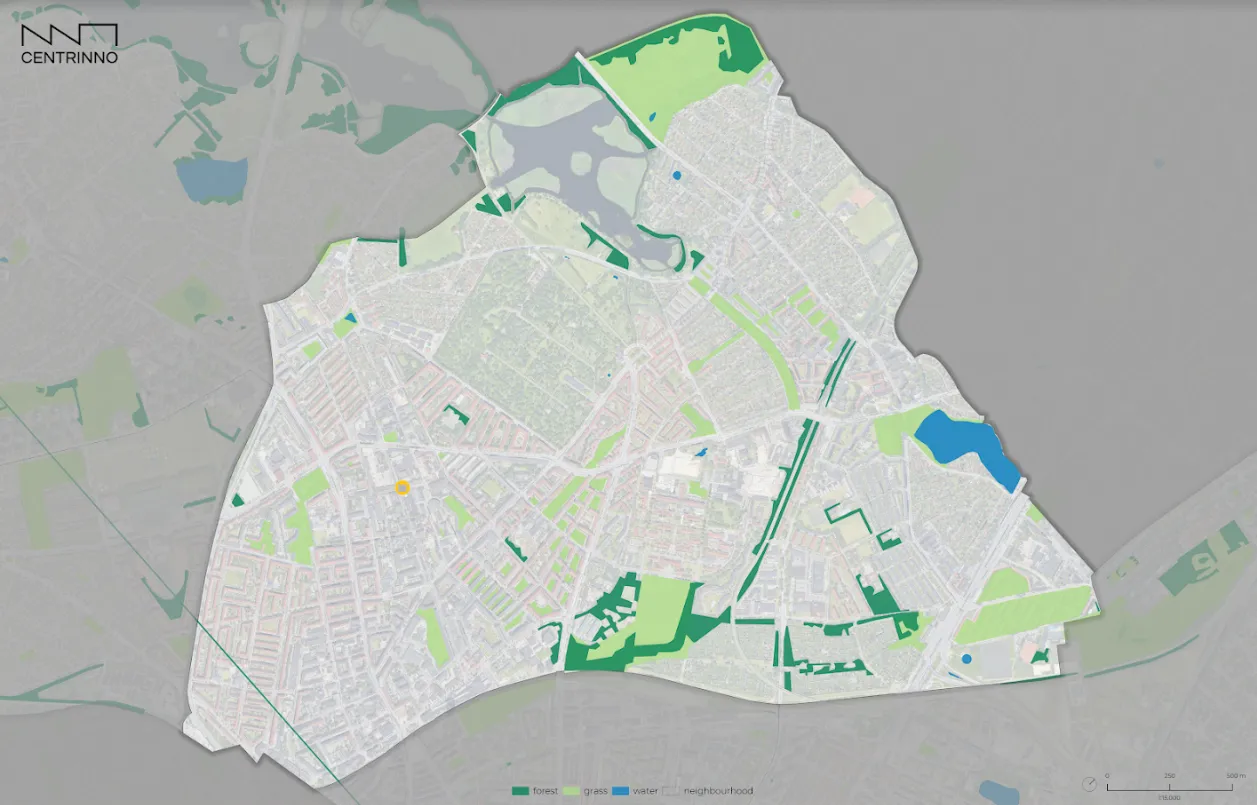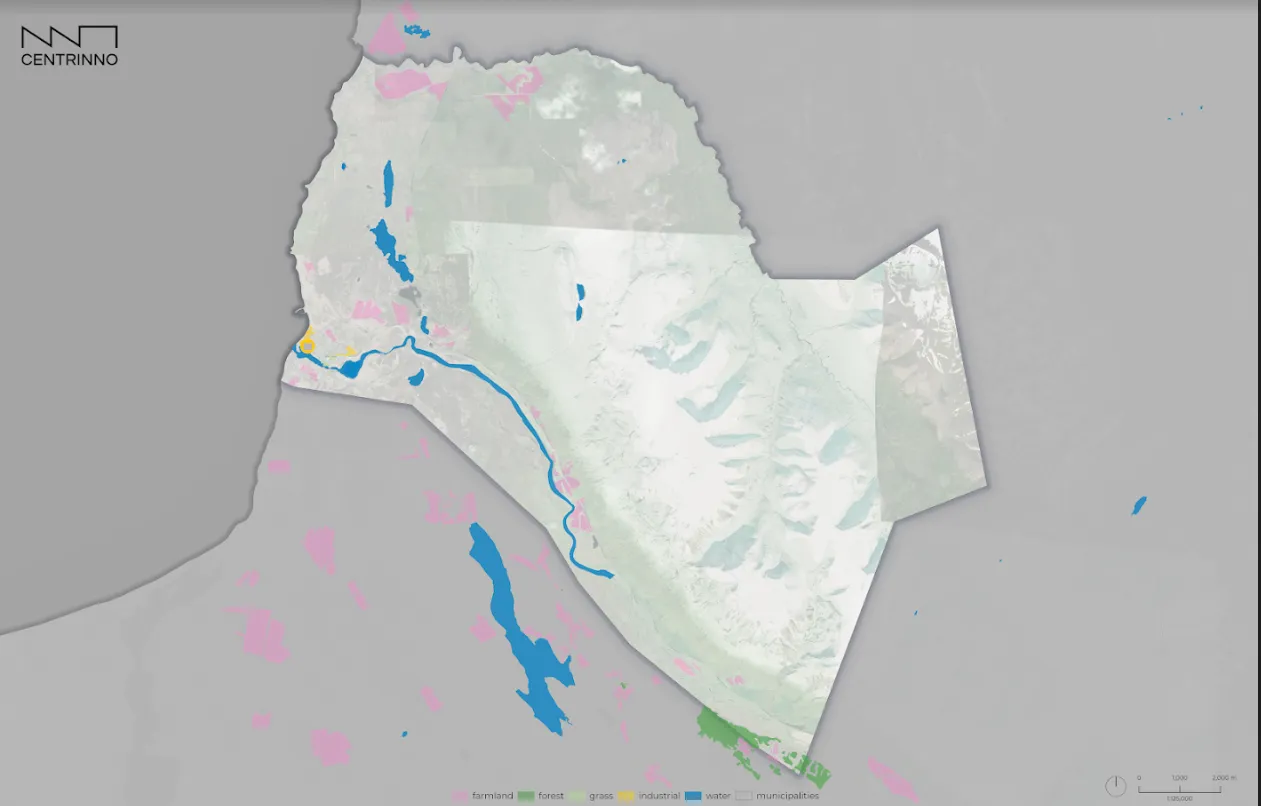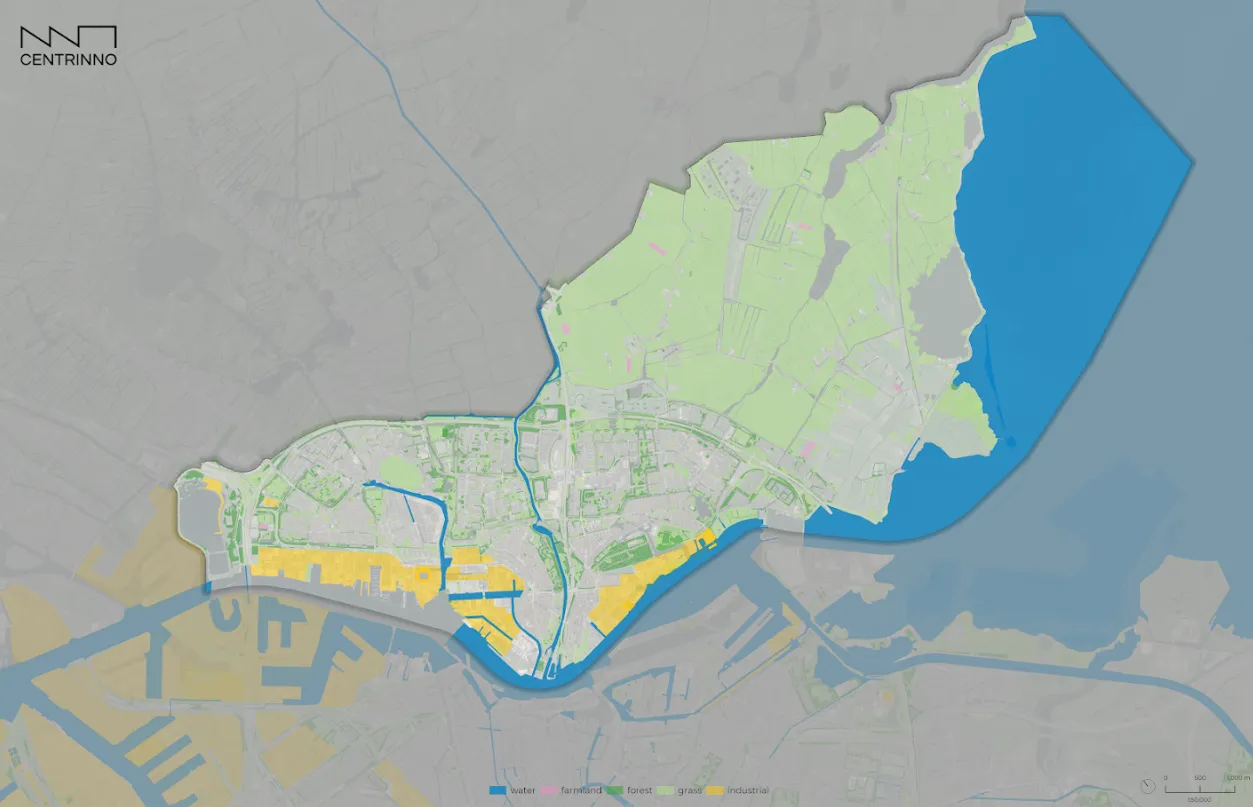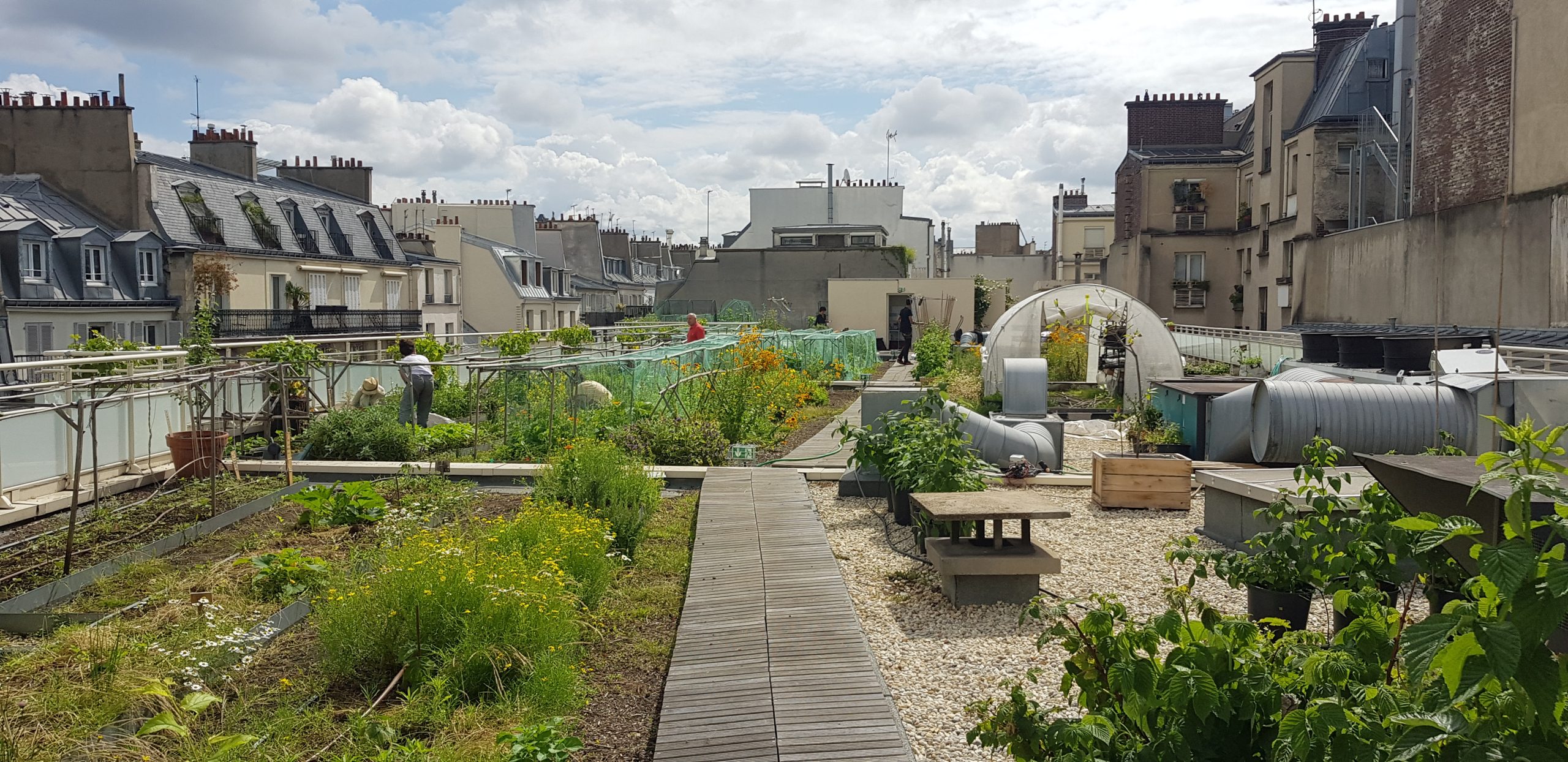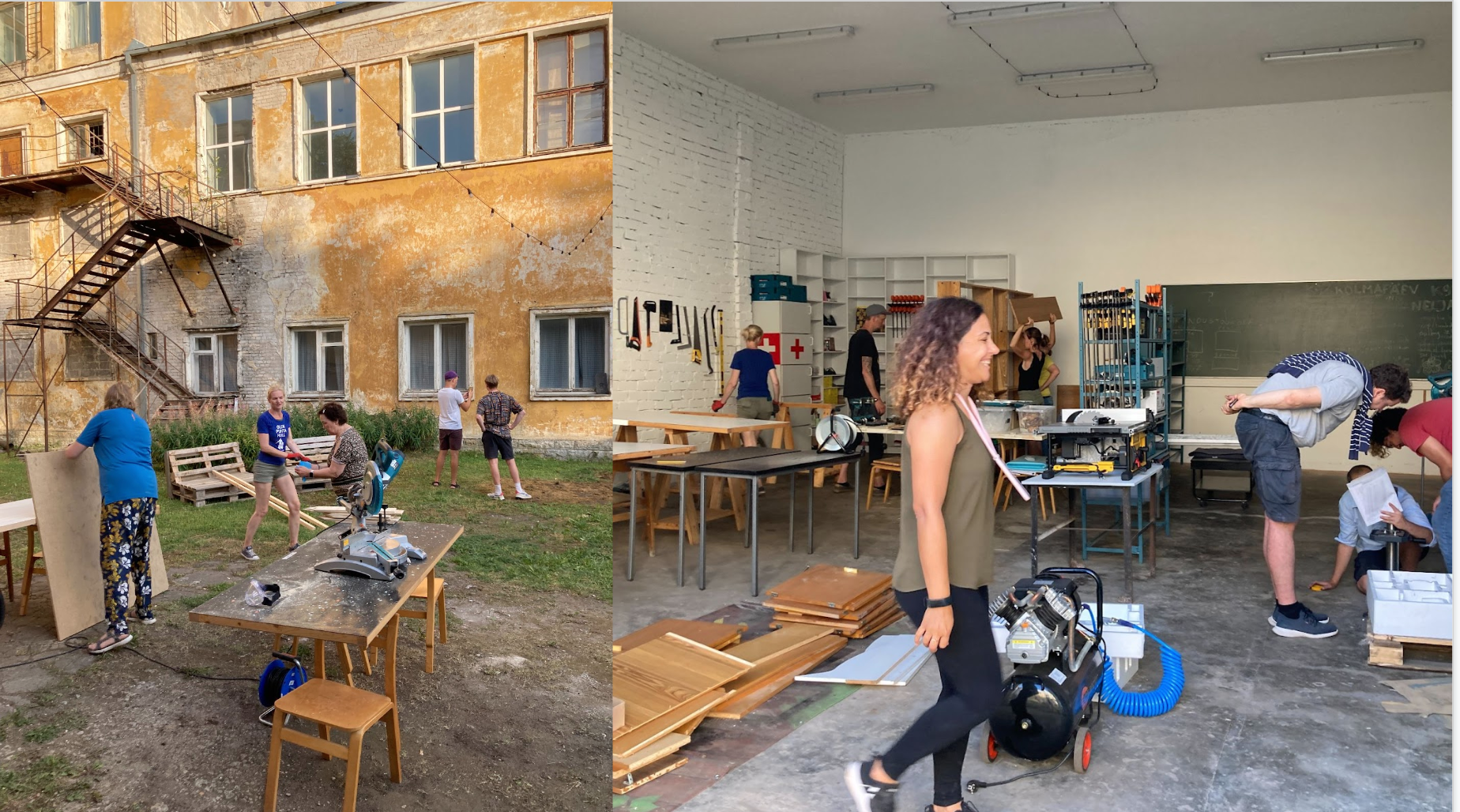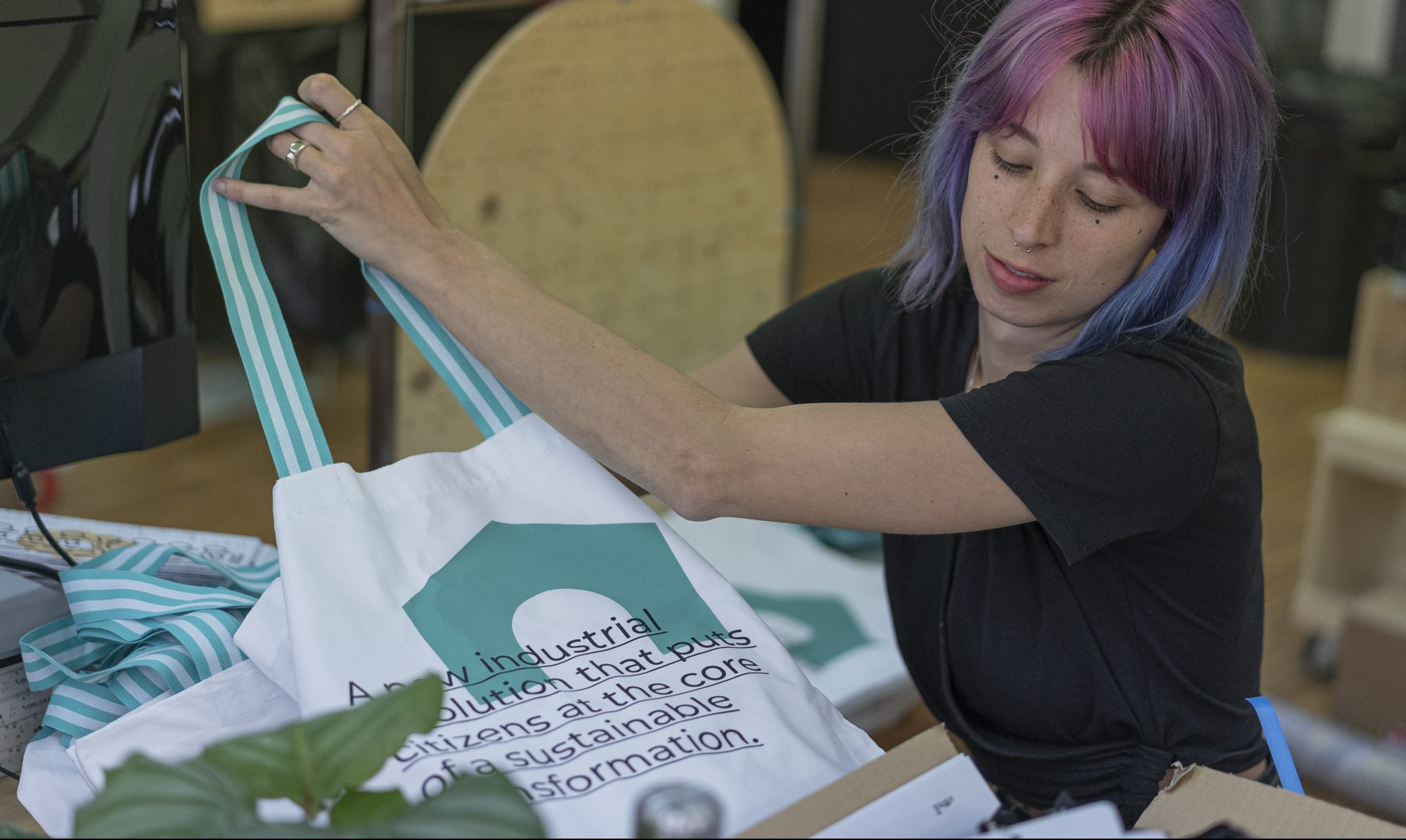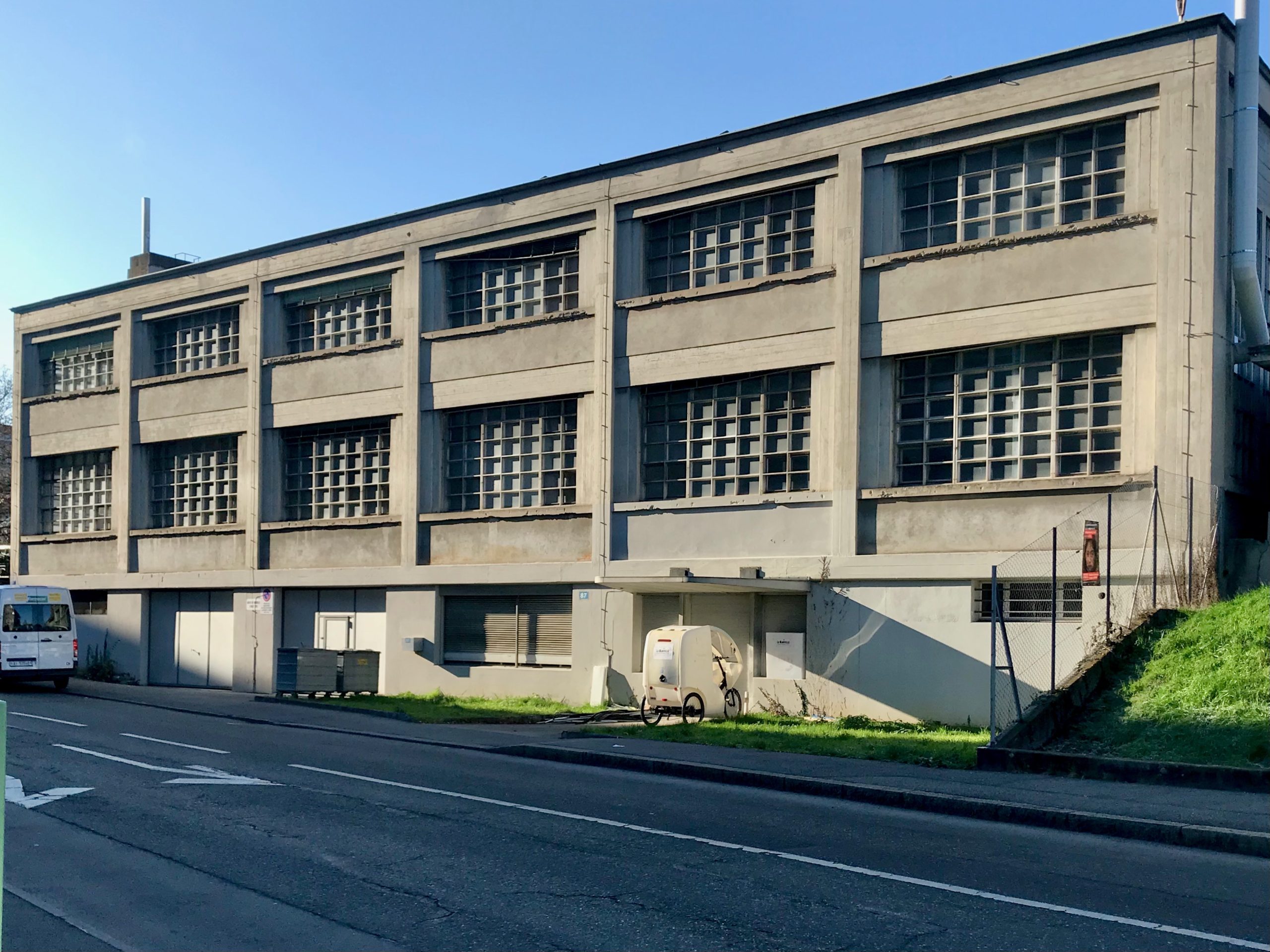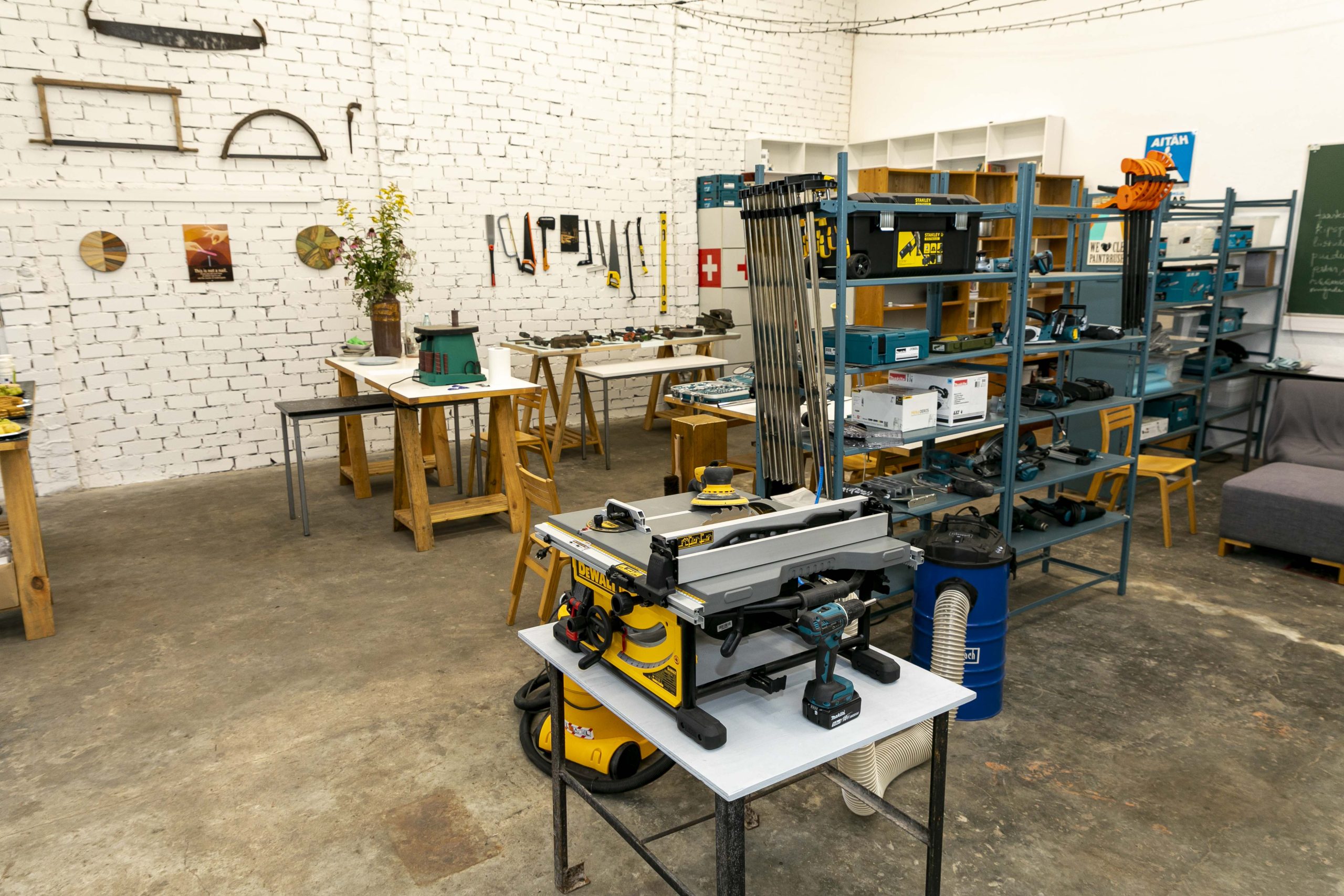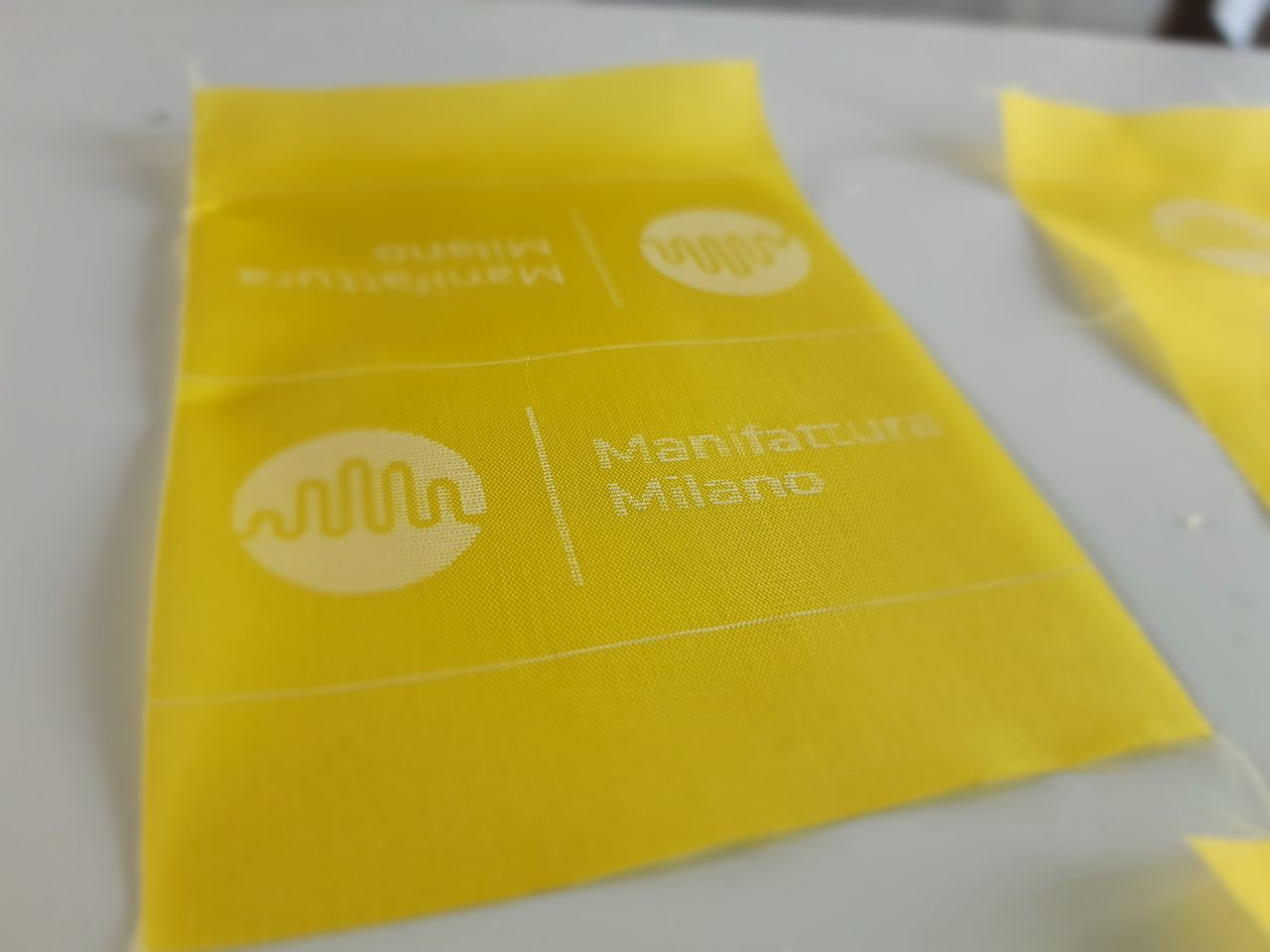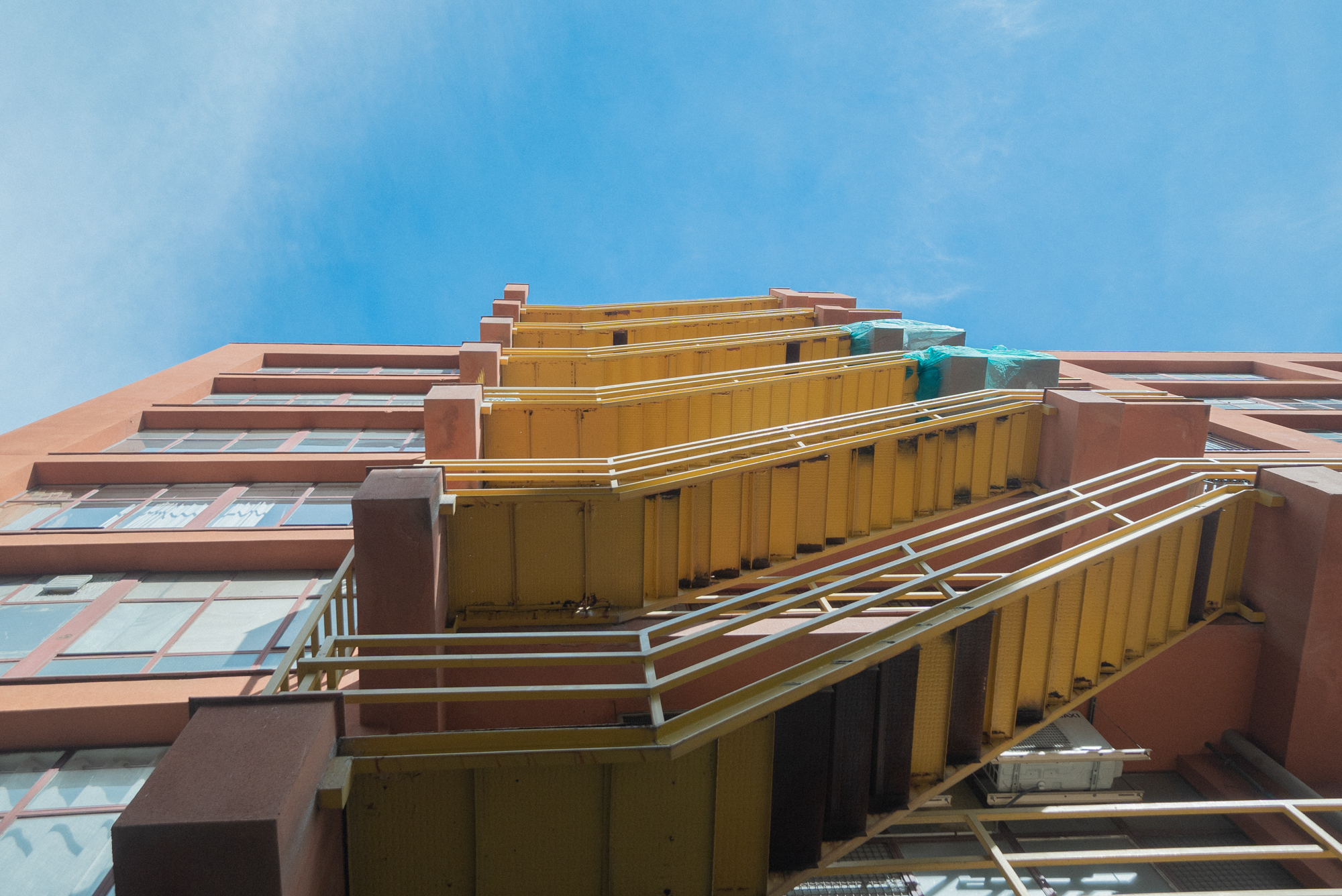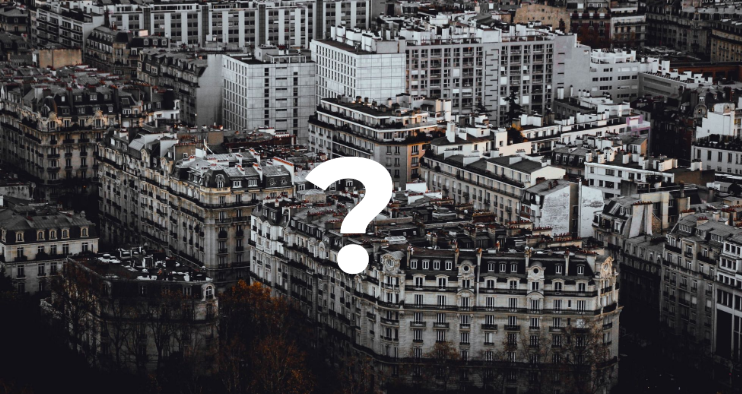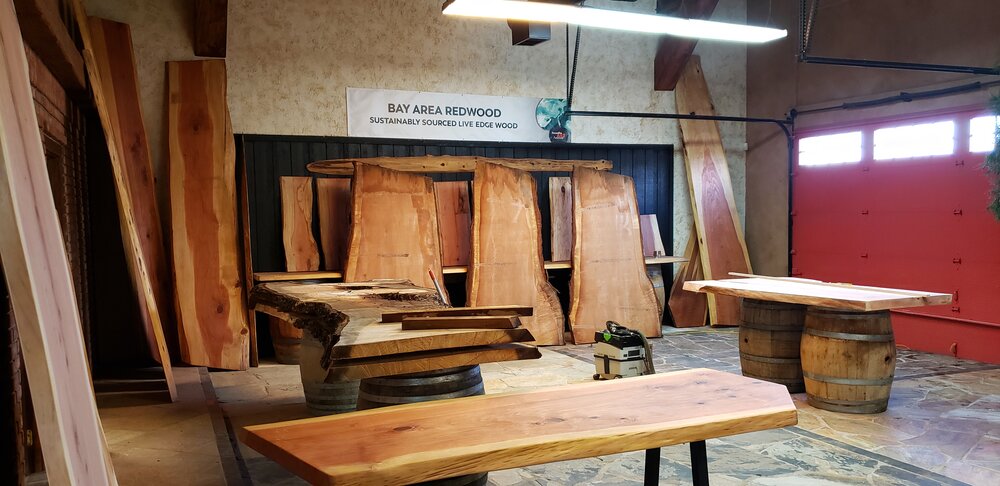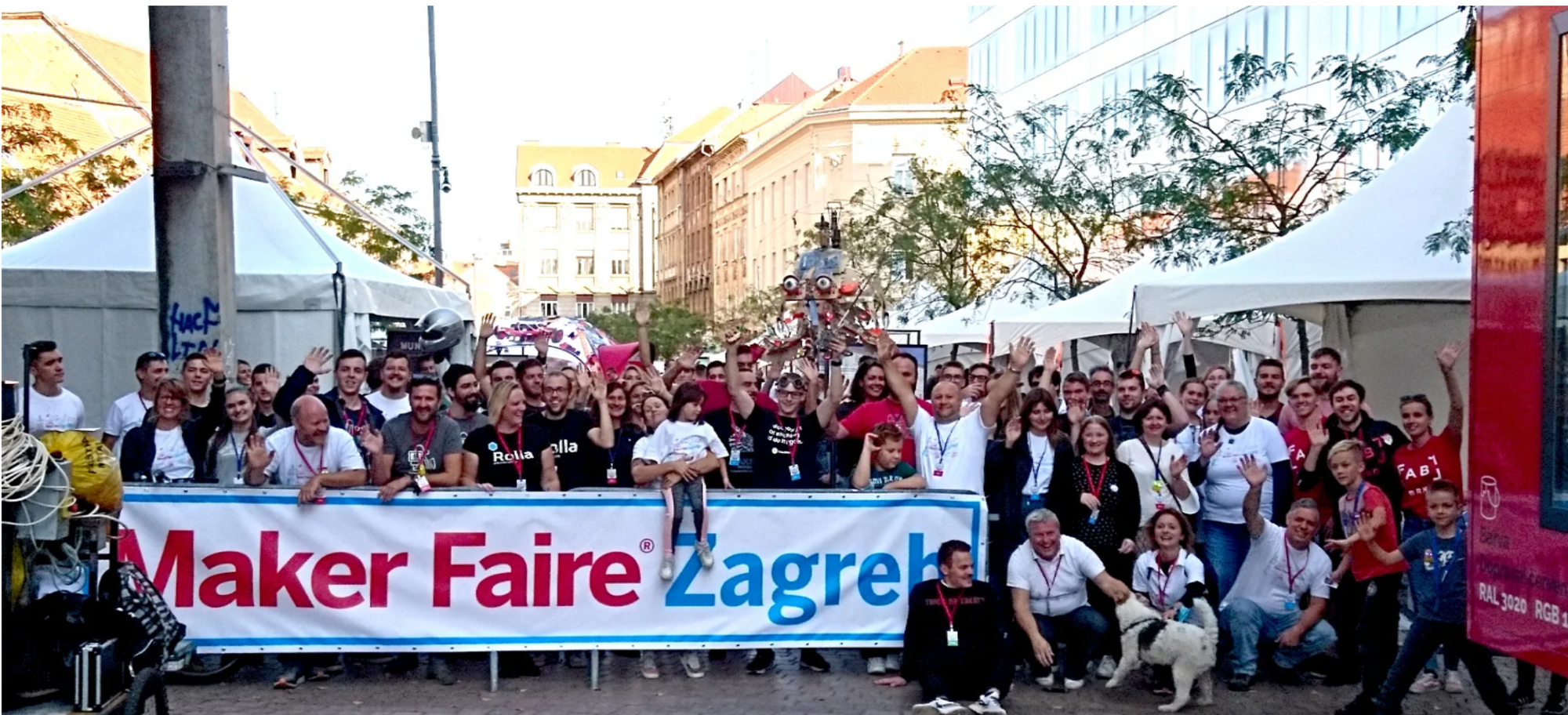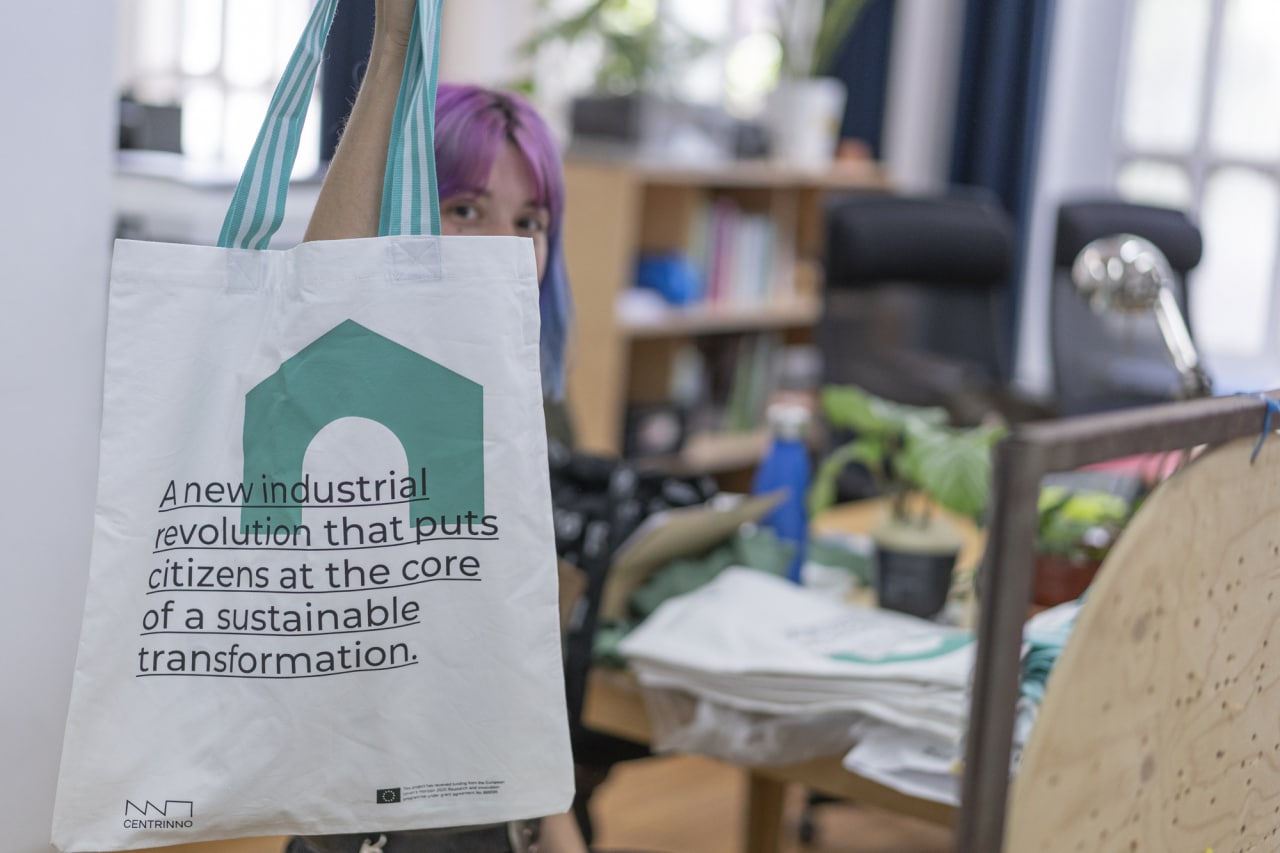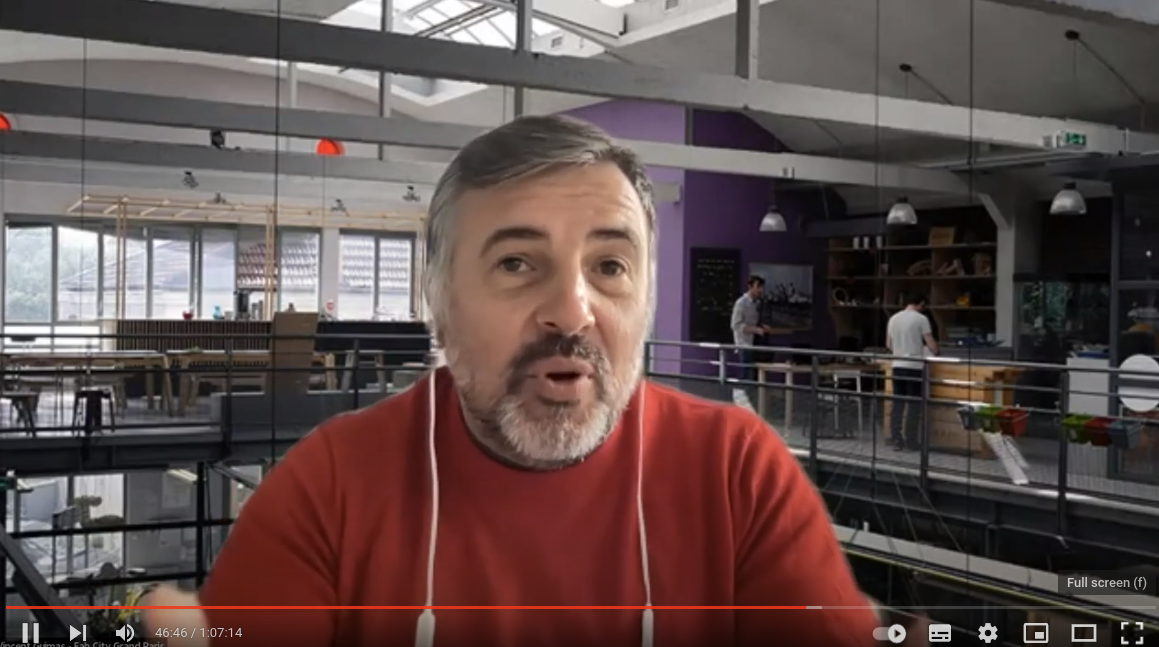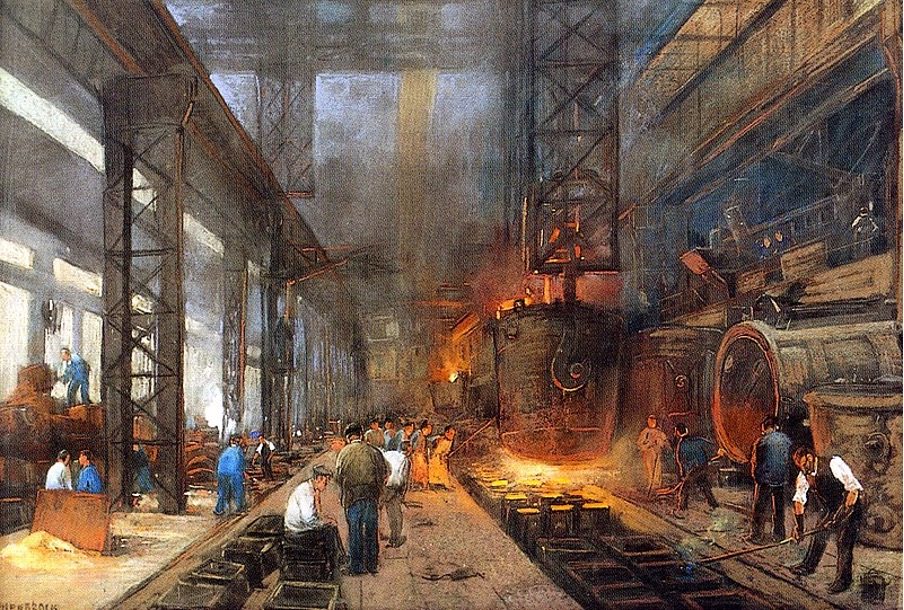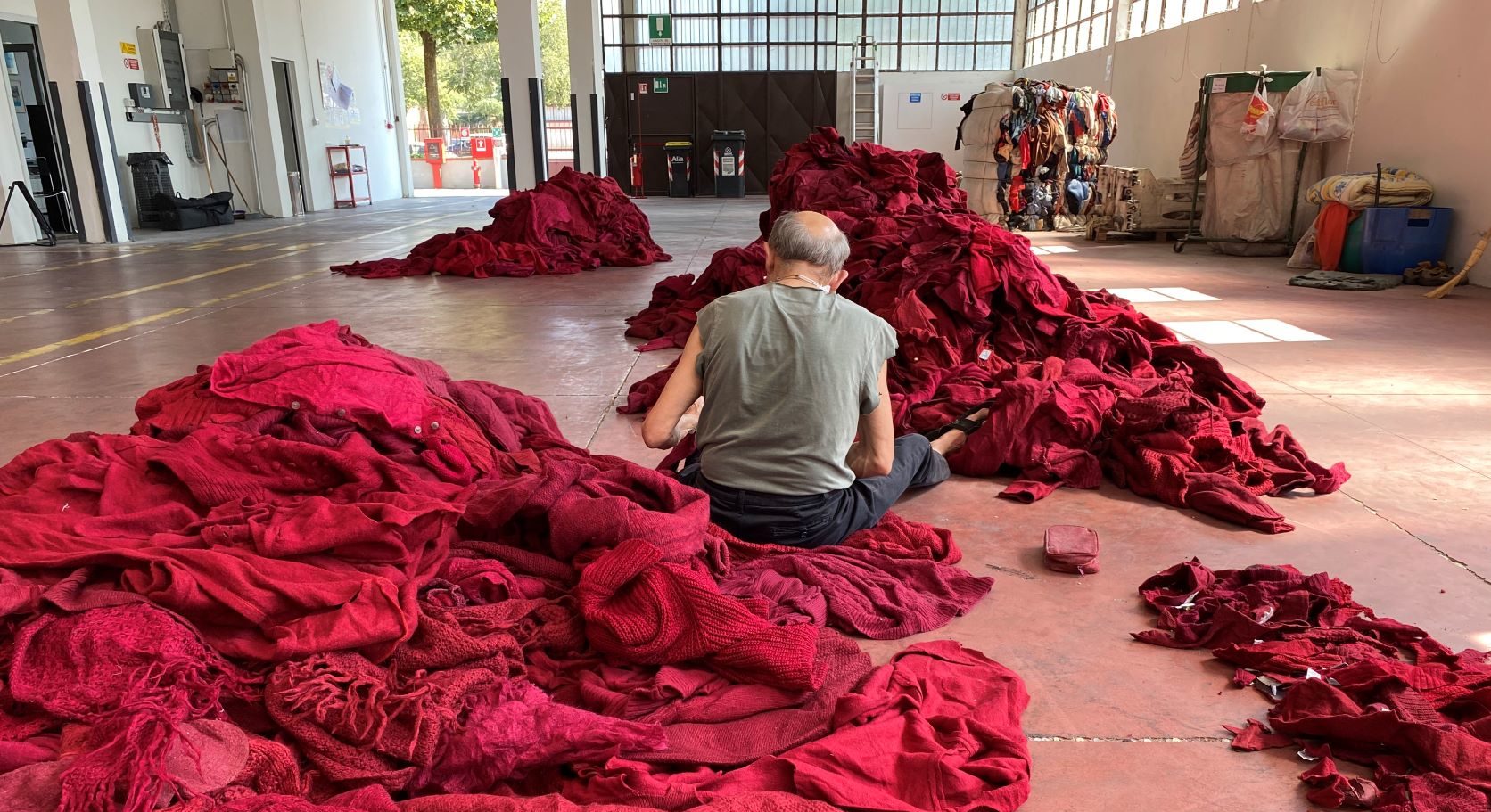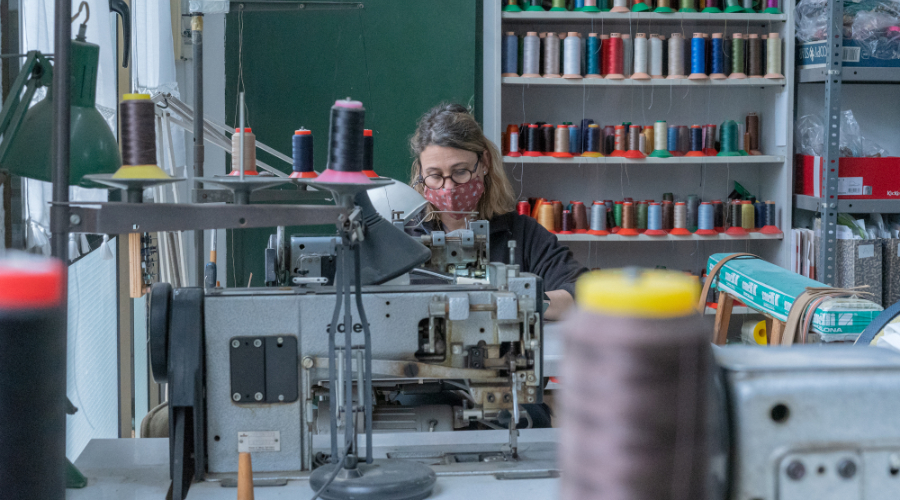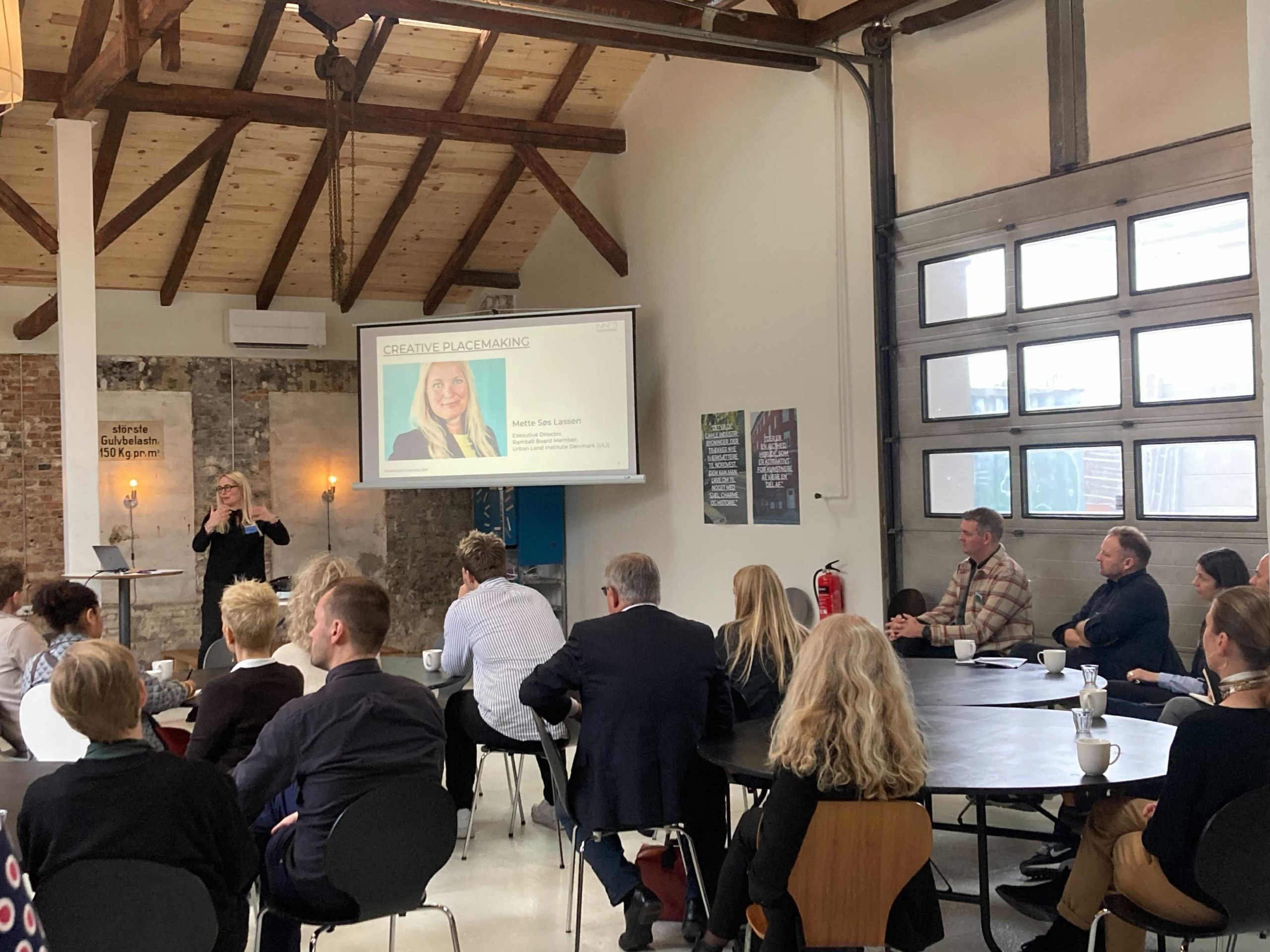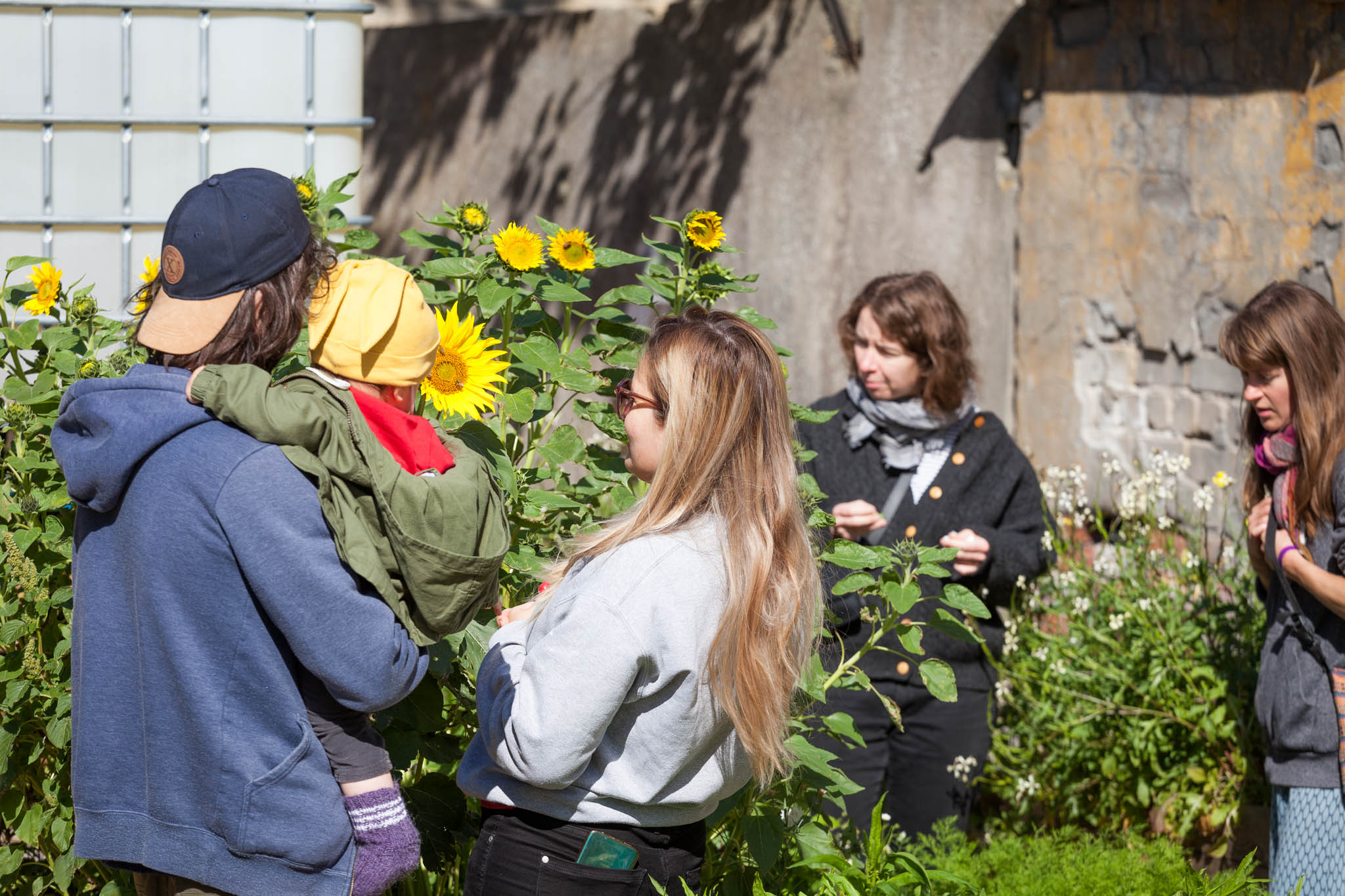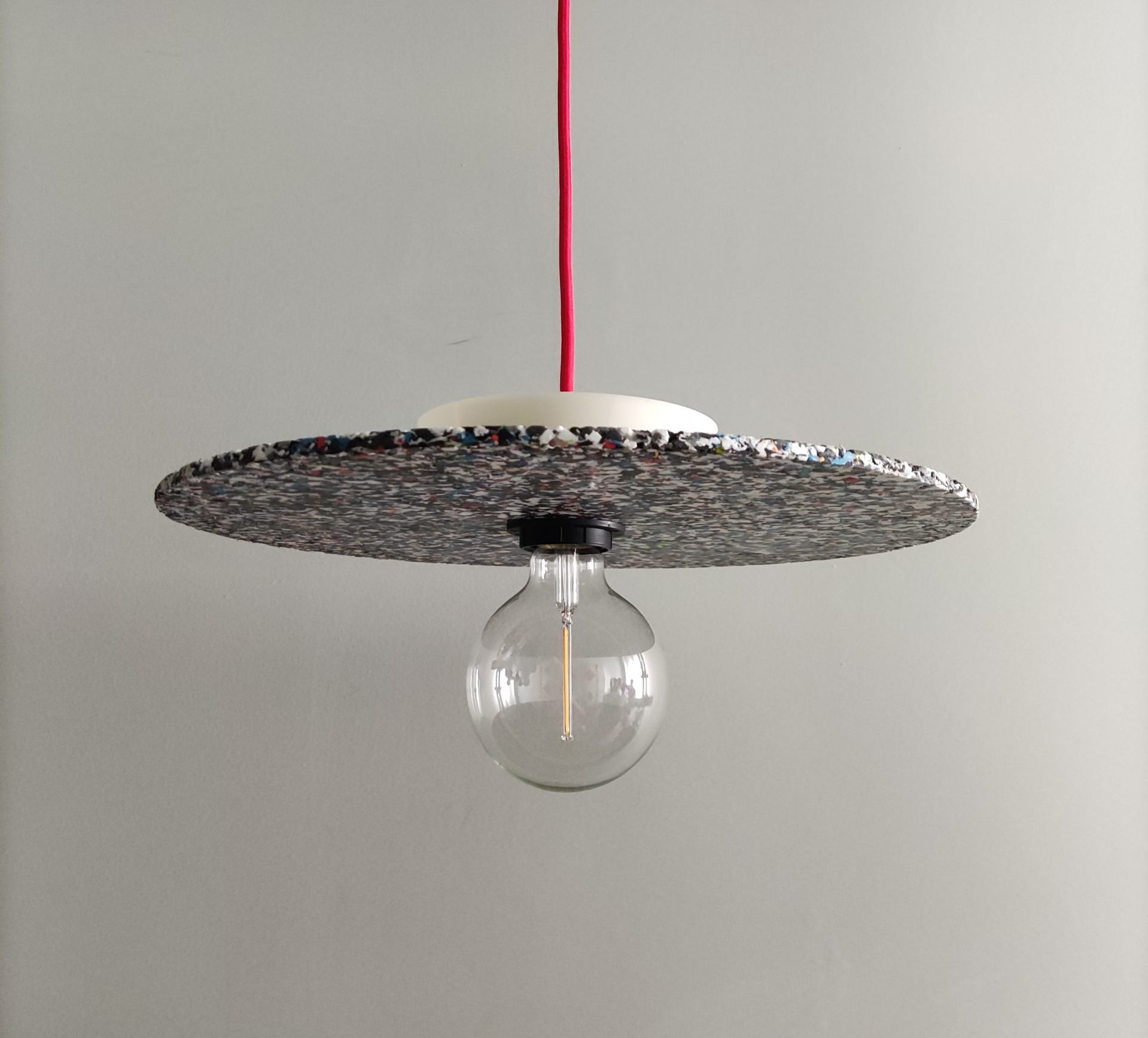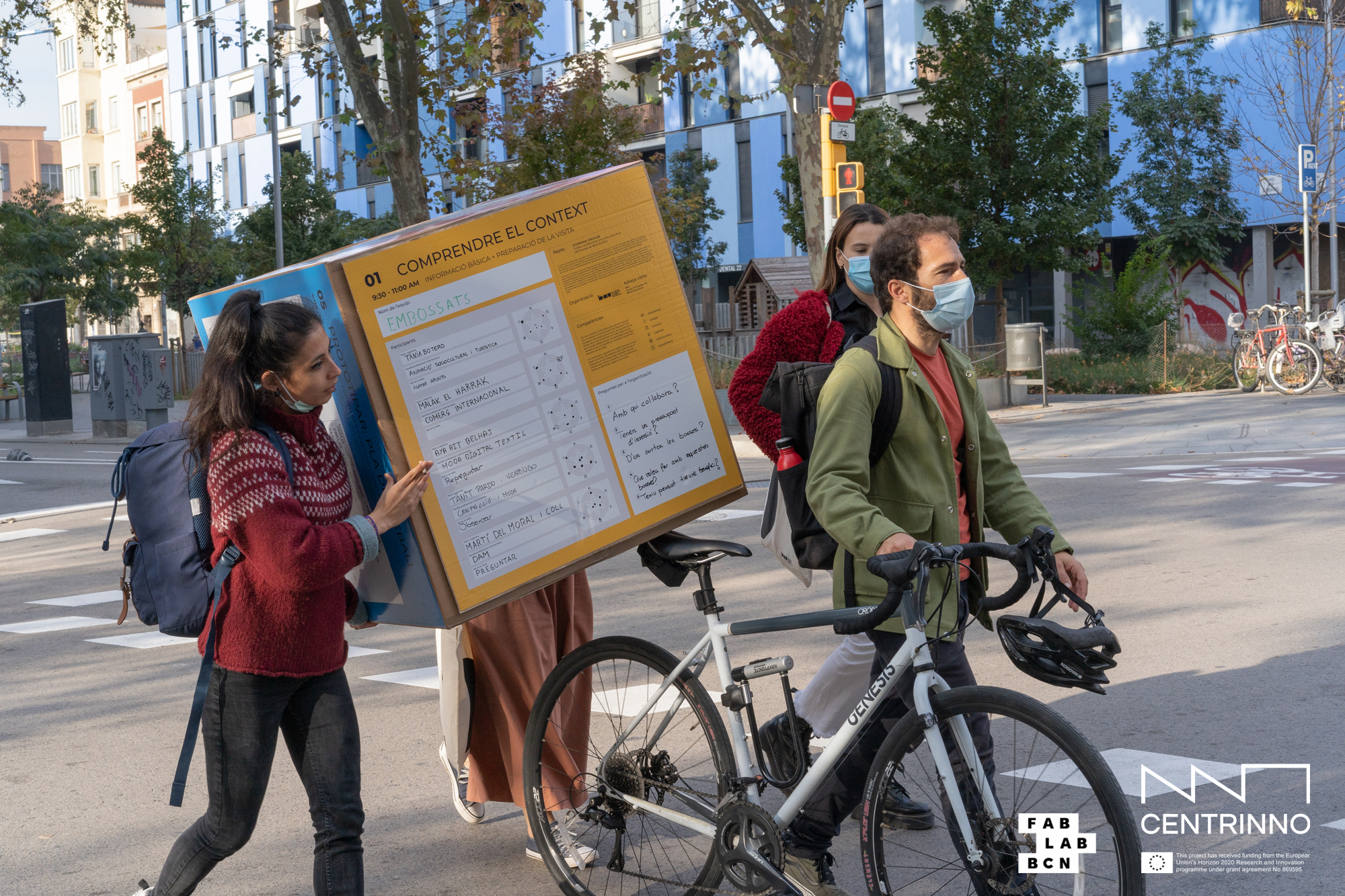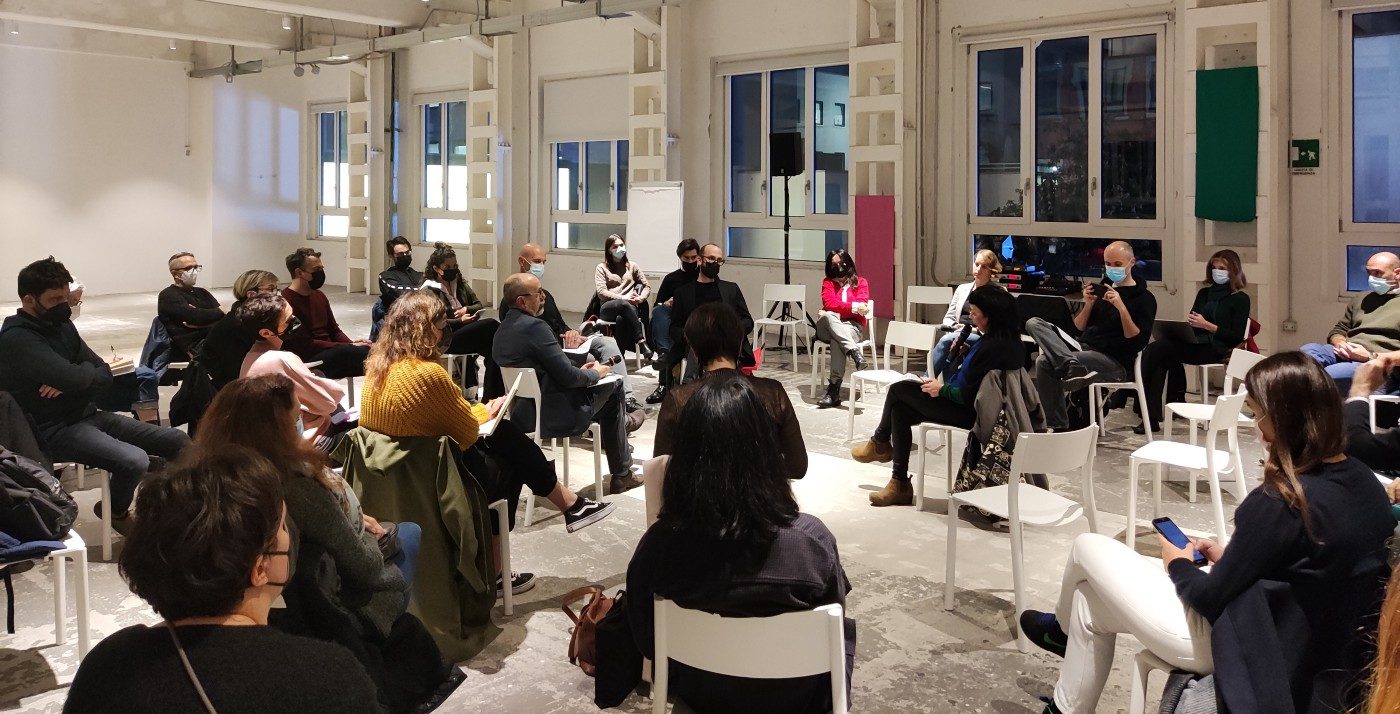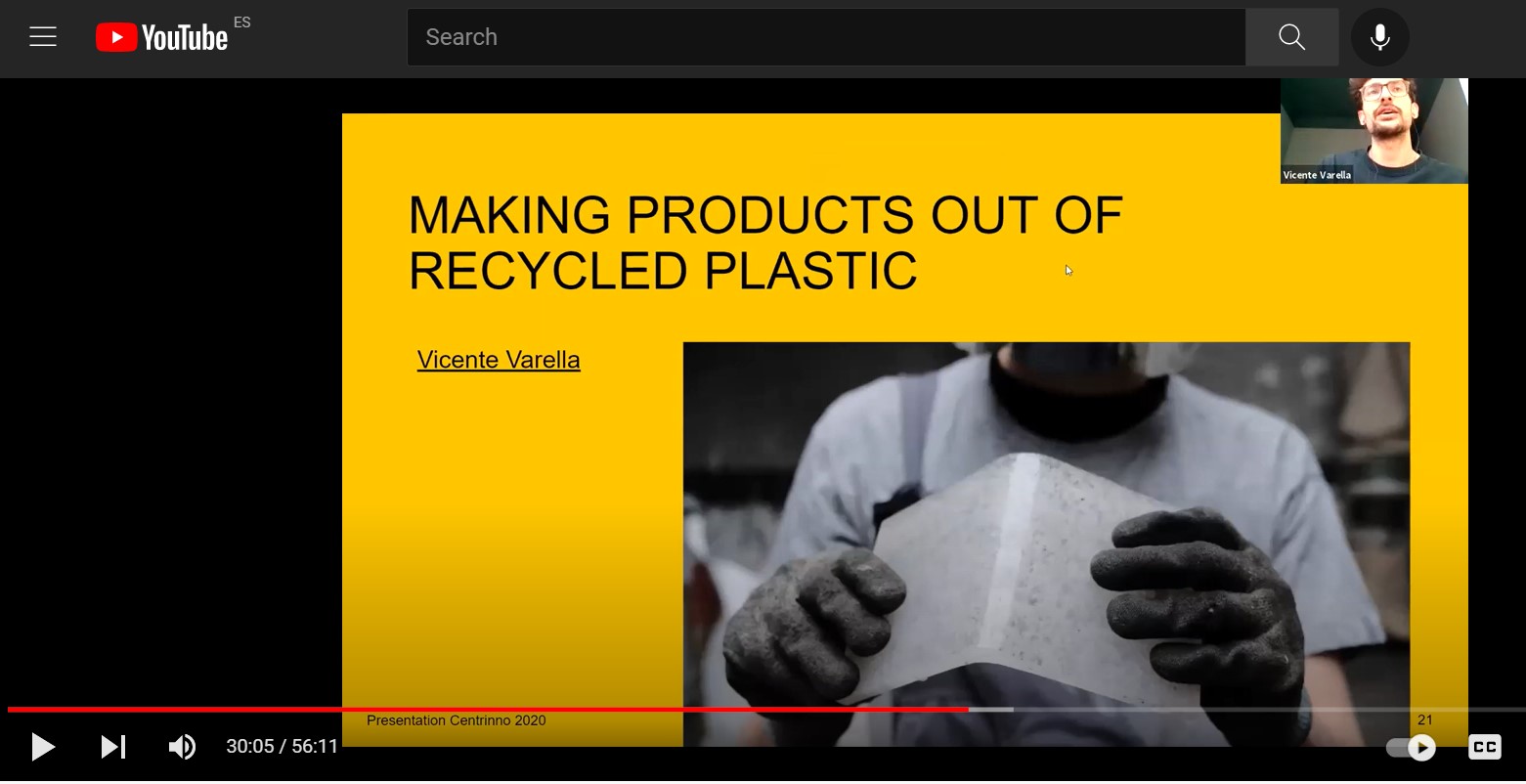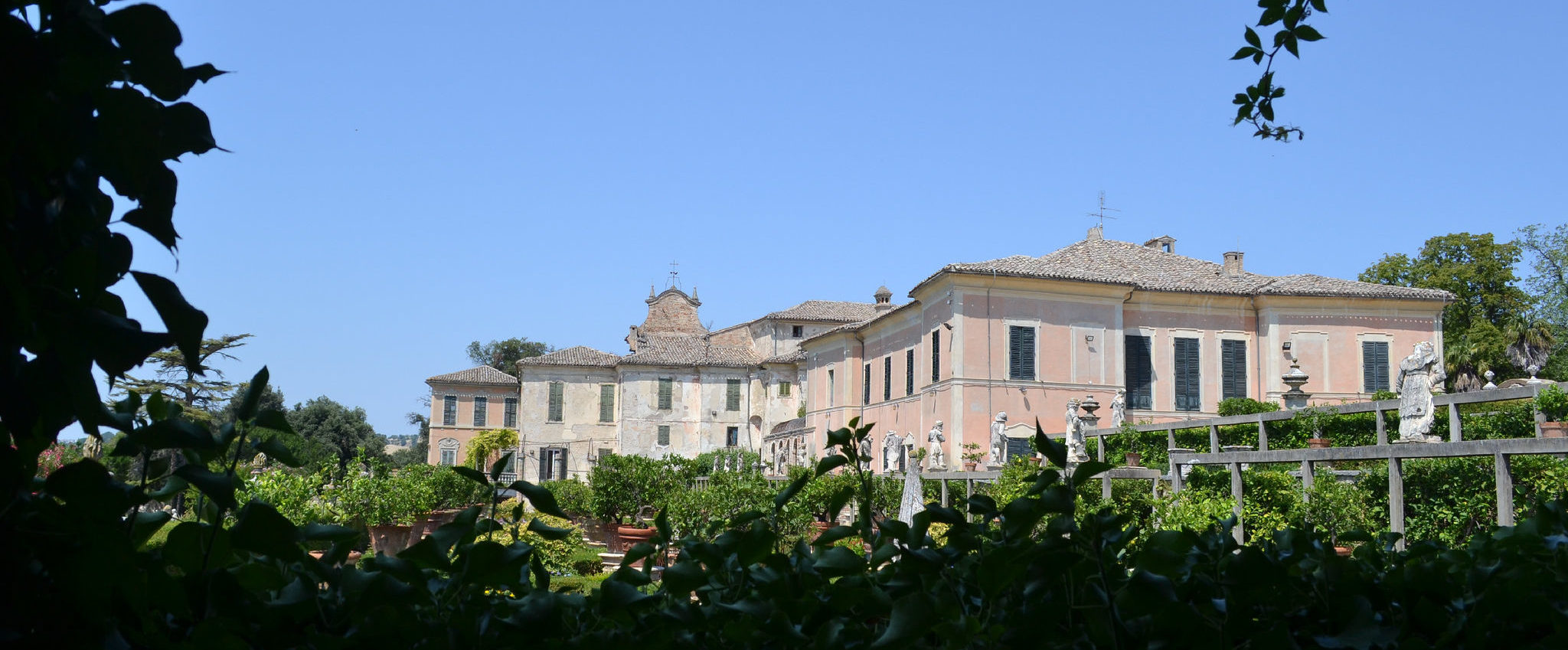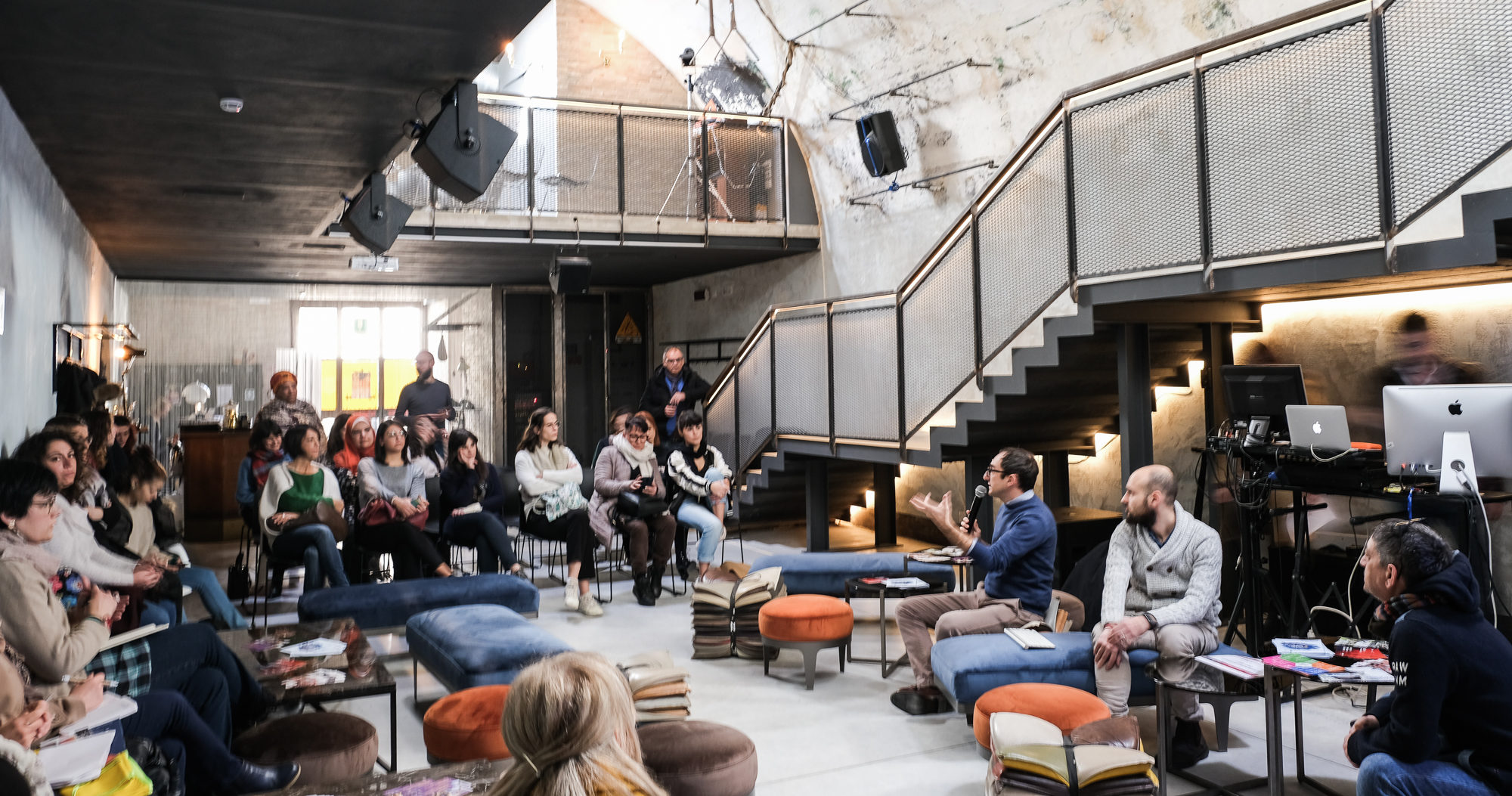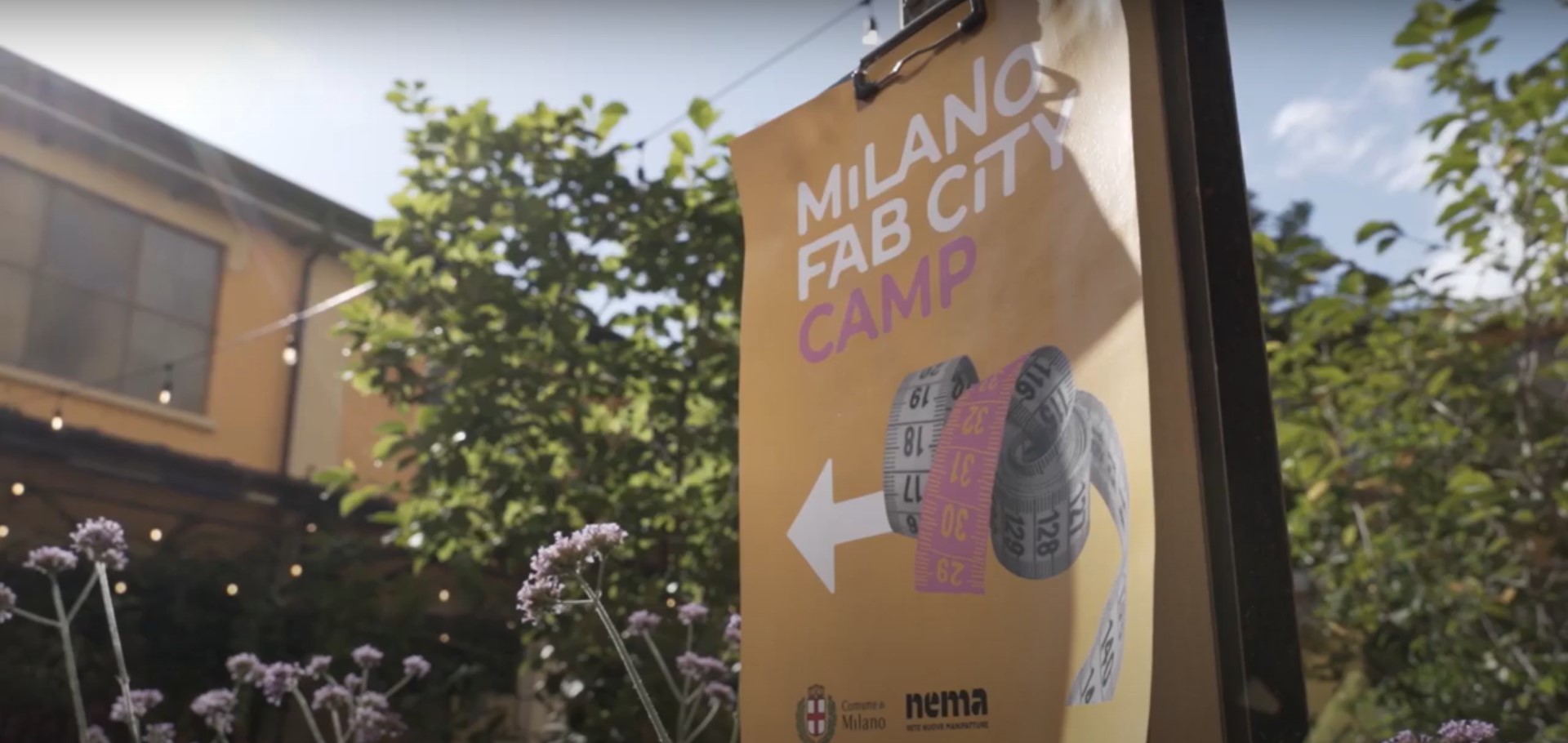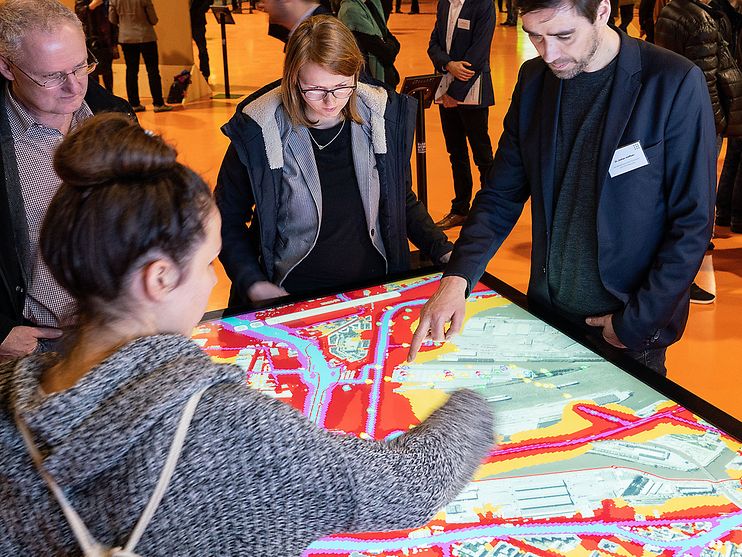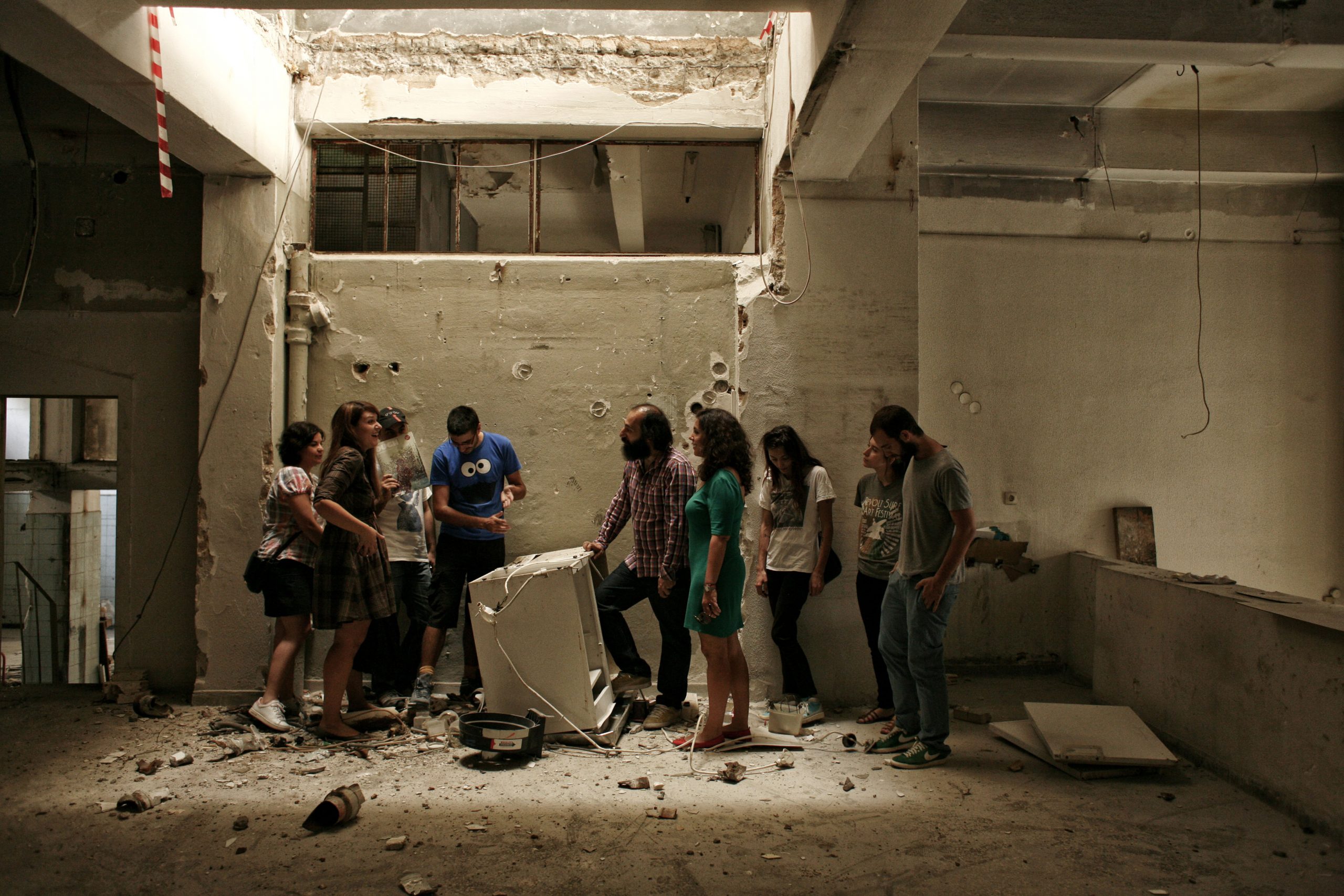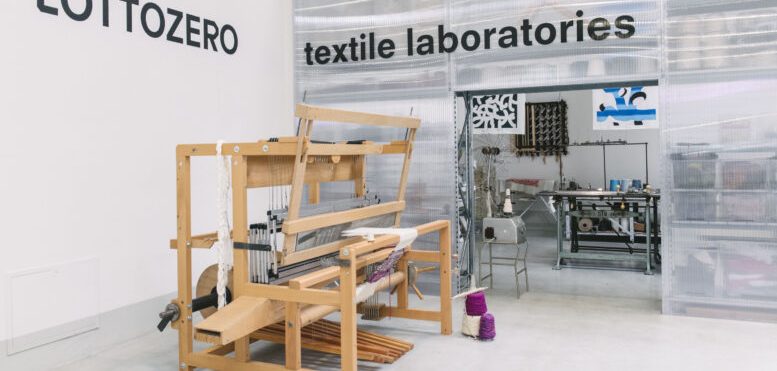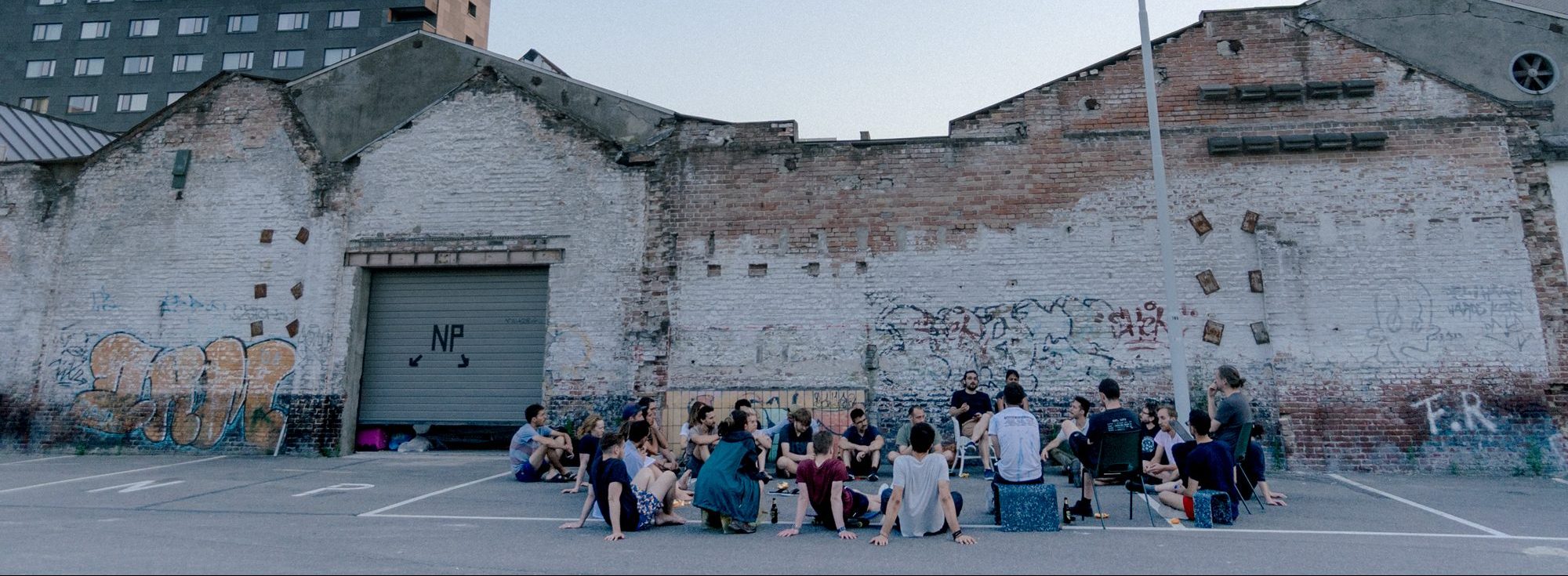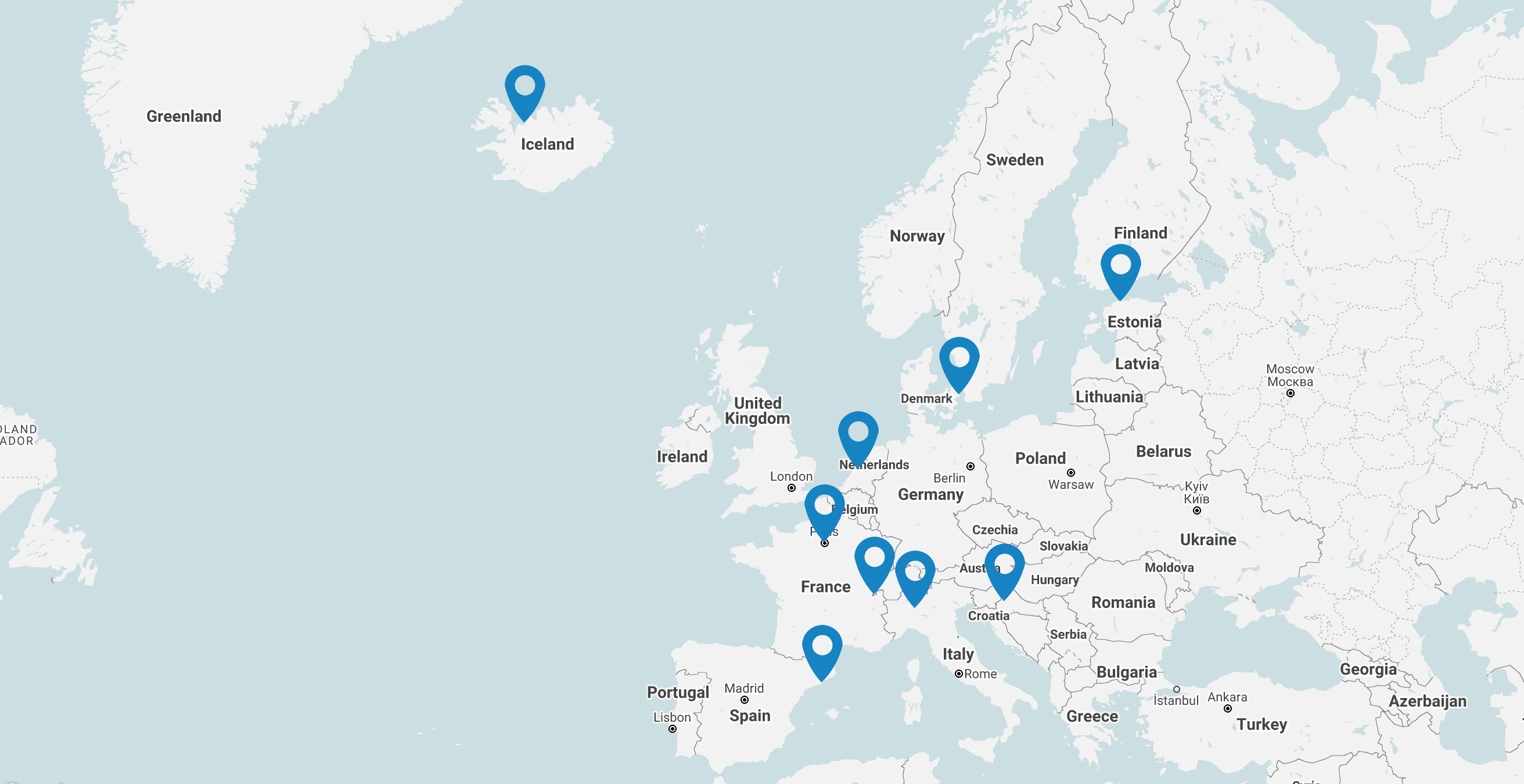BLOG
Every One, Every Day: the hub as a distributed infrastructure in the city and for the citizens
Curatorial note: what is the hub about and why it matters
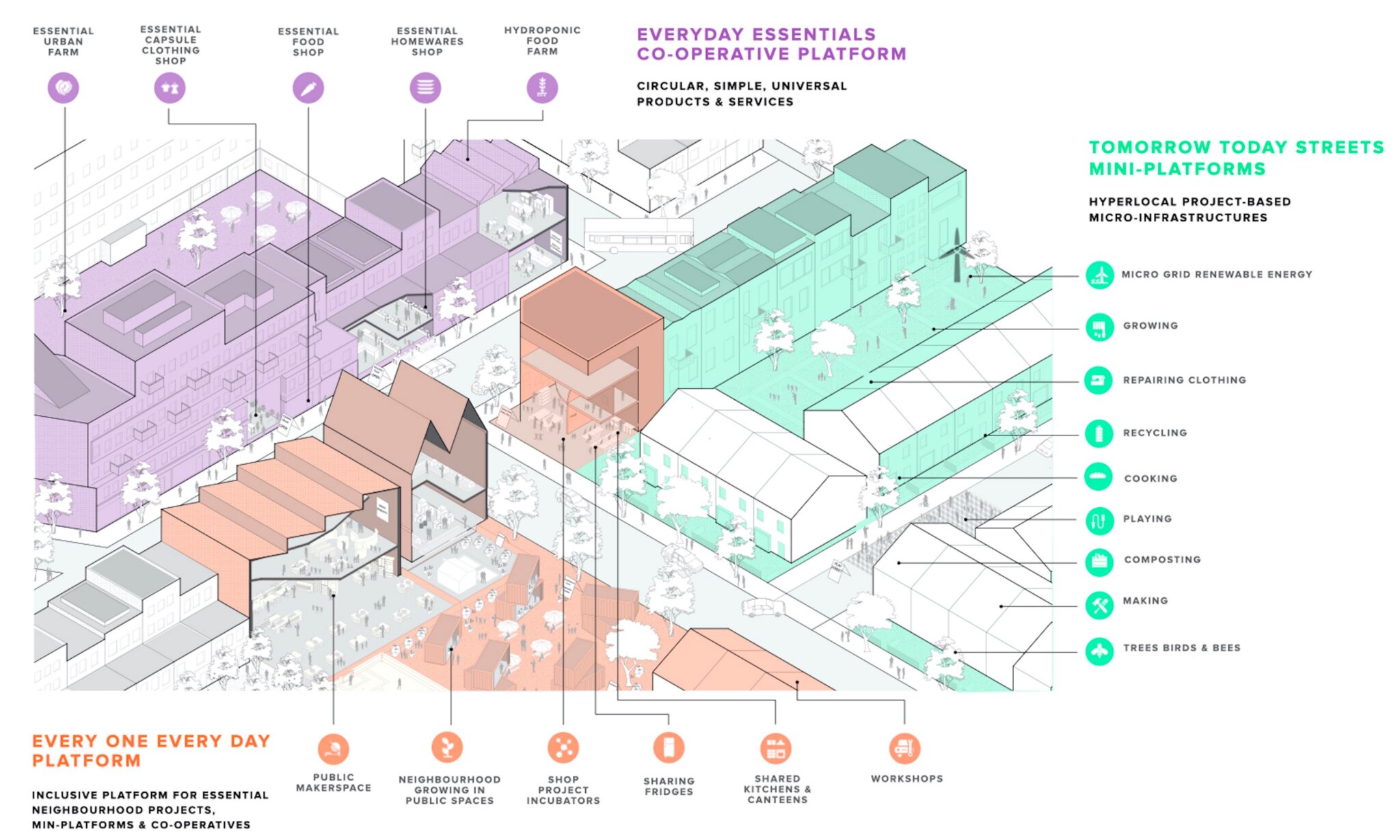 Figure 11 – Every One, Every Day platform: a representation of a hub with a distributed approach.
Figure 11 – Every One, Every Day platform: a representation of a hub with a distributed approach.
As highlighted in the CENTRINNO Whitepaper FCHs may range from centralised to distributed typologies, and the historical perspective on hubs, as discussed in chapter 2.3 of this report shows how the scale of impact of hubs often goes beyond the physical walls of the dedicated space. This is particularly true for the FCHs we aim to create within CENTRINNO, as they are intended to deal and collaborate with local authorities in order to maximise their social and economic impact in the cities that they are settled.
While Fab Lab Barcelona develops within a physical and defined space, working in collaboration with the surrounding neighbourhood, the city and the global networks, Every One Every Day (hereafter EOED) was found to be a relevant example of how the distributed character of a hub can be embedded at its very foundation.
The project is an initiative at the Barking & Dagenham borough in London, fostered by the Participatory City Foundation and supported by local authorities. It consists of several simultaneous activities and projects with a strong community participation, that are taking place in many different spaces, creating a distributed and thriving environment for creative and productive activities in the area.
EOED is designed to engage with the spatial scale of the city, flowing from identified buildings (such the warehouse which is the makerspace of the project) to streets and local shops. In that perspective and with its bottom-up, collaborative and inclusive approach, EOED
exemplifies how the distributed spatial configuration of a hub is also a way to tackle topics related to the public spaces and inclusiveness.
Tackling streets and open spaces as theground of their activities and experimentations, EOED opens to a diverse public and appears to be a way to be more accessible and prominent. Additionally, outdoor activities can be a way
to cope with the actual pandemic situation.
This distributed nature at the neighbourhood’s scale challenges the basic concept of what Labs and Hubs are or can be in terms of spatial structure. It is striking to note that EOED describes itself as a network of people and not a spatial initiative, highlighting the interconnection that links the space and the communities within this research.
The experience of EOED is particularly interesting given the current circumstances that the pandemic created, as it offers useful insights for hubs which cannot implement activities in their spaces due to Covid-19 restrictions. Also, EOED managed to shift many activities to a virtual environment25 since March 2020. Nevertheless, this was possible partly because of their long trajectory and ongoing work with the local community.
Focus on two CENTRINNO criteria
EOED and Inclusion
EOED is an initiative dedicated to making practical participation fully inclusive. The initiative focuses on creating an infrastructure which includes spaces for events and activities, and in addition provides toolkits plus a supportive team that facilitates a wide range of bottom-up activities and projects conducted by the community of local citizens. All benefits and outcomes from the activities are being measured and made publicly available through periodic reports.
As stated in those reports, the principles of the initiative are strongly related to social inclusion:
- Equality – attracting a diverse range of participants.
- Mutual benefit – involves people contributing and benefiting from a single action.
- Peer-to-peer – involves people working peer-to-peer on an equal footing.
- Productive activities – involves people in producing tangible things together.
- Open accessibility – involving as many people as possible, through working to reduce all types of participation barriers.
This open and inclusive approach also reflects into the “14 Design principles for building an inclusive Participatory Ecosystem” developed by the Participatory City Foundation according to EOED’s experience.
EOED and Education
The EOED initiative is grounded in Participatory City’s nine years of deep engagement with those at the forefront of developing a “participation culture” around the world. The ambition of the initiative is to build a large-scale, fully inclusive, practical Participatory Ecosystem along with citizens, local stakeholders and policy makers.
The vision of starting from a specific local context (the Barking & Dagenham borough in London) with the ambition to become a global initiative is deeply embedded within the project.
This inspiration is illustrated by the initiative of “Here & Now School” run by Participatory City Foundation (the organisation behind EOED), which is a school of participatory systems and design, established by Participatory City Foundation, bringing together research, knowledge building and learning. This includes residencies, transdisciplinary and research projects, but also Cities Programmes that target cities and regions that intend to learn the methodology and implement it in their territories.
Highlighted initiative: Tomorrow Today Streets
Tomorrow Today Streets provides the framework to give citizens the possibility to start projects right on the streets, ranging from organizing a street party with neighbourhoods to setting up a shared childcare activity.
The slogan of the initiative gives an interesting highlight on how EOED approaches the physical space of buildings, as they intertwine with public spaces: “Our homes are more than the buildings we live in, they’re also the streets we live on, the blocks of flats, cul-de-sacs and green spaces around us.”
Tomorrow Today Street is based on 24 thematic kits designed and produced by the EOED team; each kit includes materials, equipment, training, all means of support that any citizen can use to initiate a project or an activity at a street/neighbourhood scale.
The hub’s team positions itself, here, as a facilitator: it provides tools, kits and frameworks in order to empower citizens and let activities emerge rather than programming them in detail.
For more information about the initiative, the reader could check:
https://www.weareeveryone.org/tomorrowtoday
Extracted topics for further investigation:
★ DISTRIBUTED STRATEGIES
How did the hub put into practice the distributed approach? Is there any specific tool or guidelines that would be worth sharing? How did the hub approach local stores and libraries? Is it recommended to approach them in the early stages of the project or once a solid framework is already established?
★ CENTRALISED VS DISTRIBUTED
Unfolding the relation between a physical and centralised space and a distributed approach: is there a headquarter in EOED, a place that embodies the whole project? Is the Warehouse playing such a role? Is the distributed approach complementary to have one or several identified nodes of reference, such as the warehouse?
★ DIGITAL TOOLS
Digital tools such as social networks and online sessions seem to play a central role in EOED, already before covid-19 pandemic. Which were the specific tools used and/or recommended towards the citizens and why? How did this change with Covid-19?



